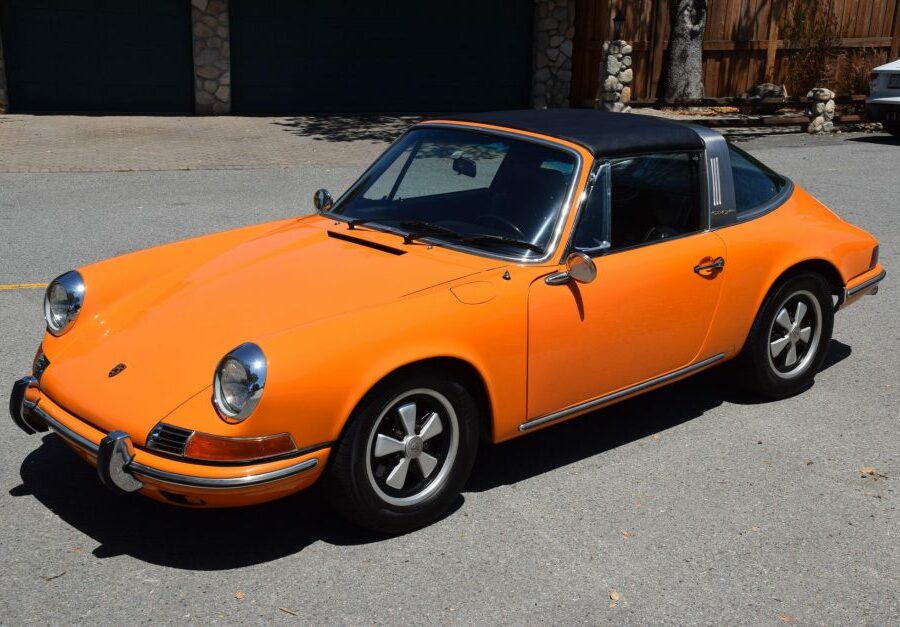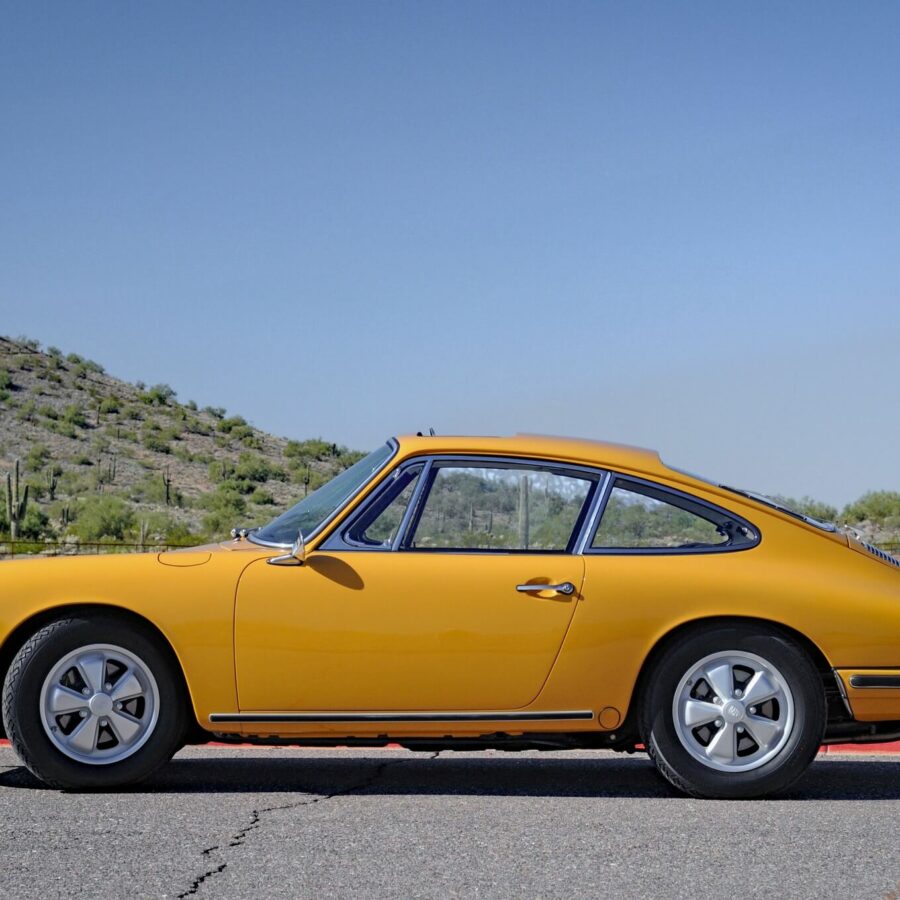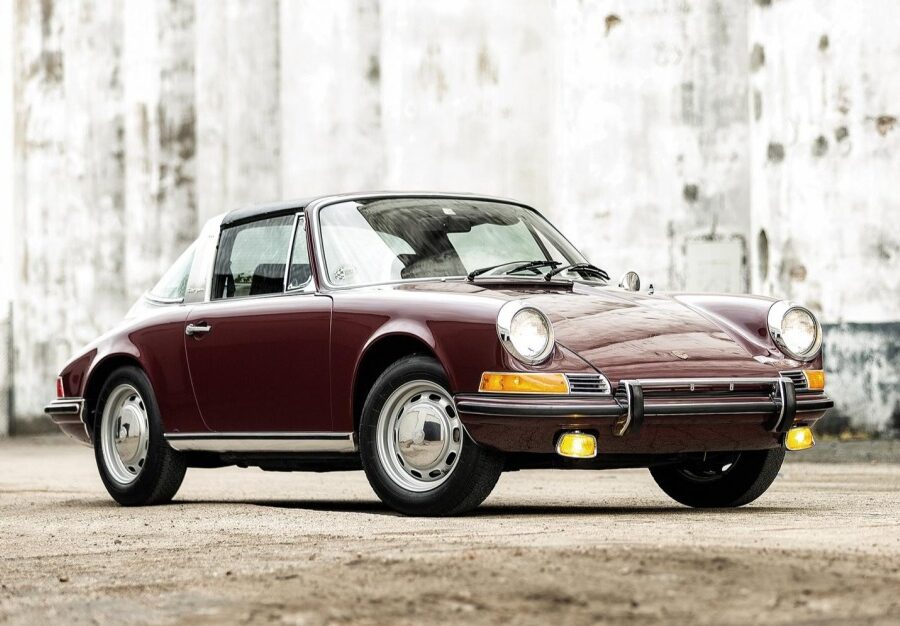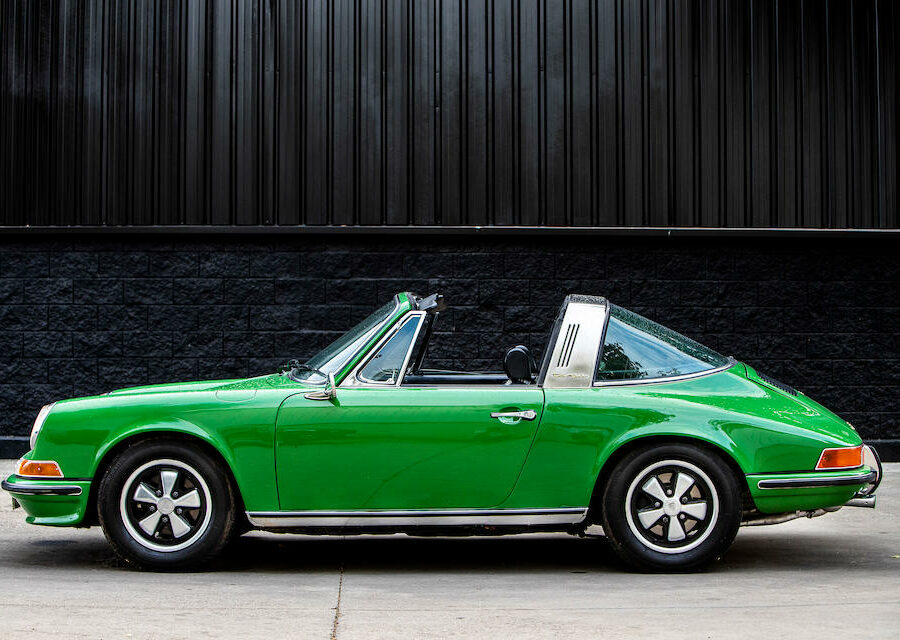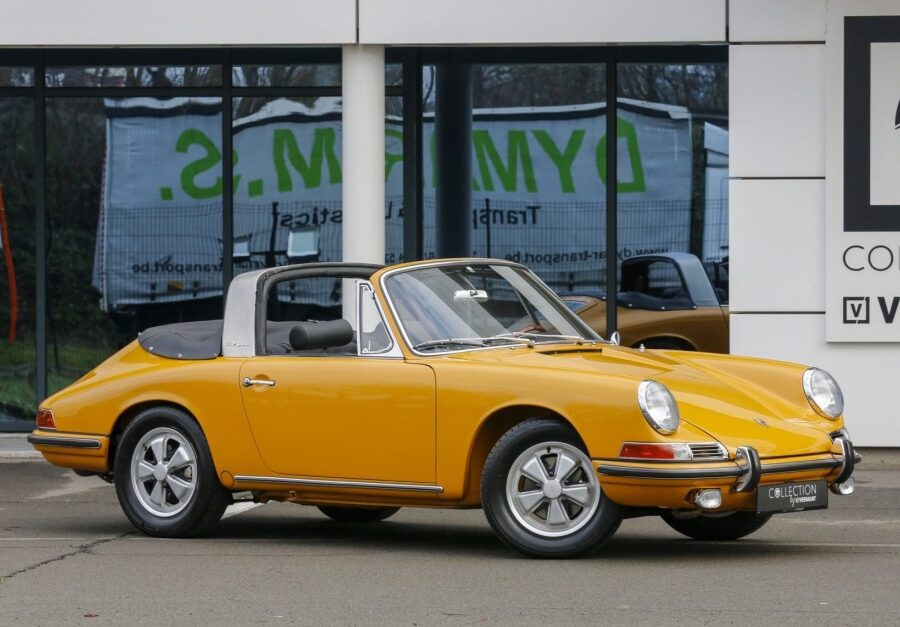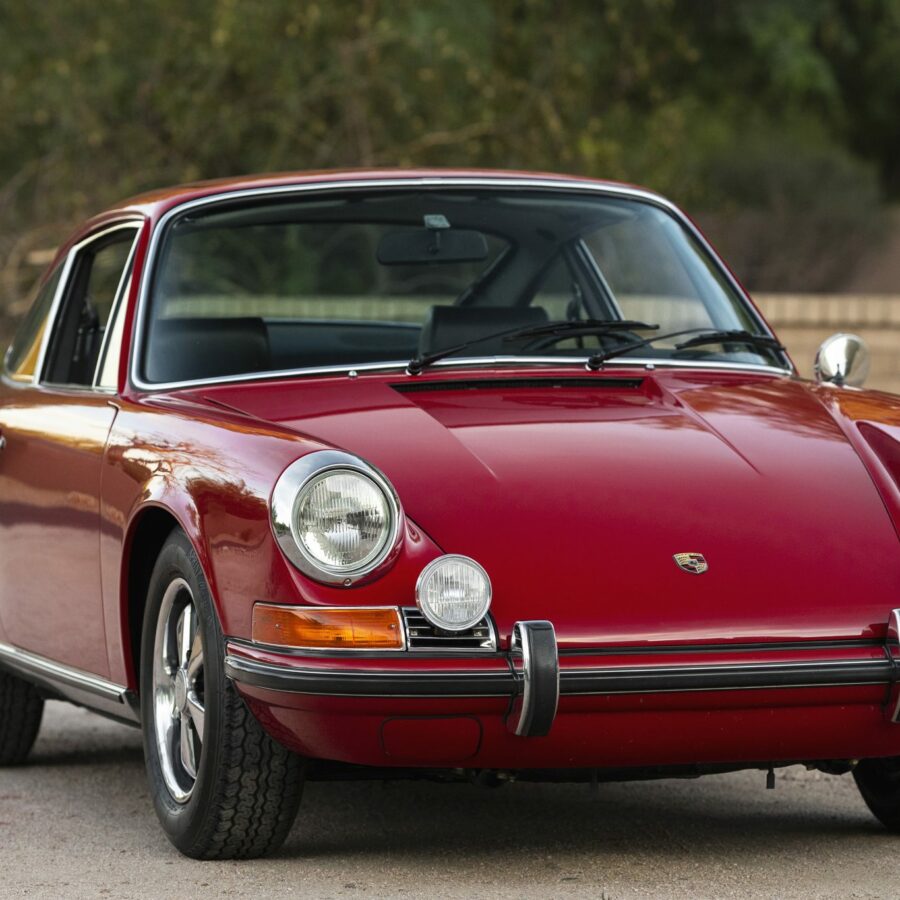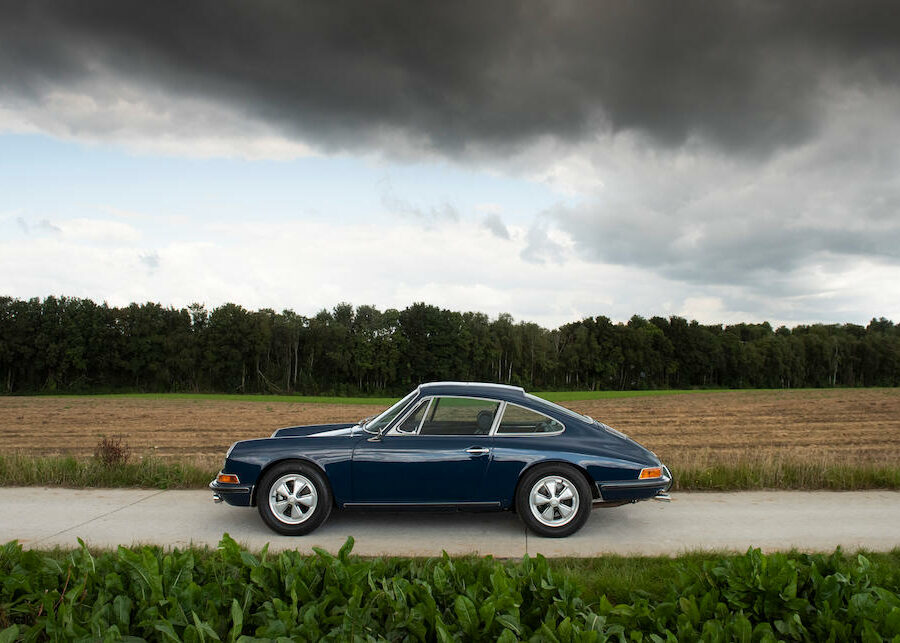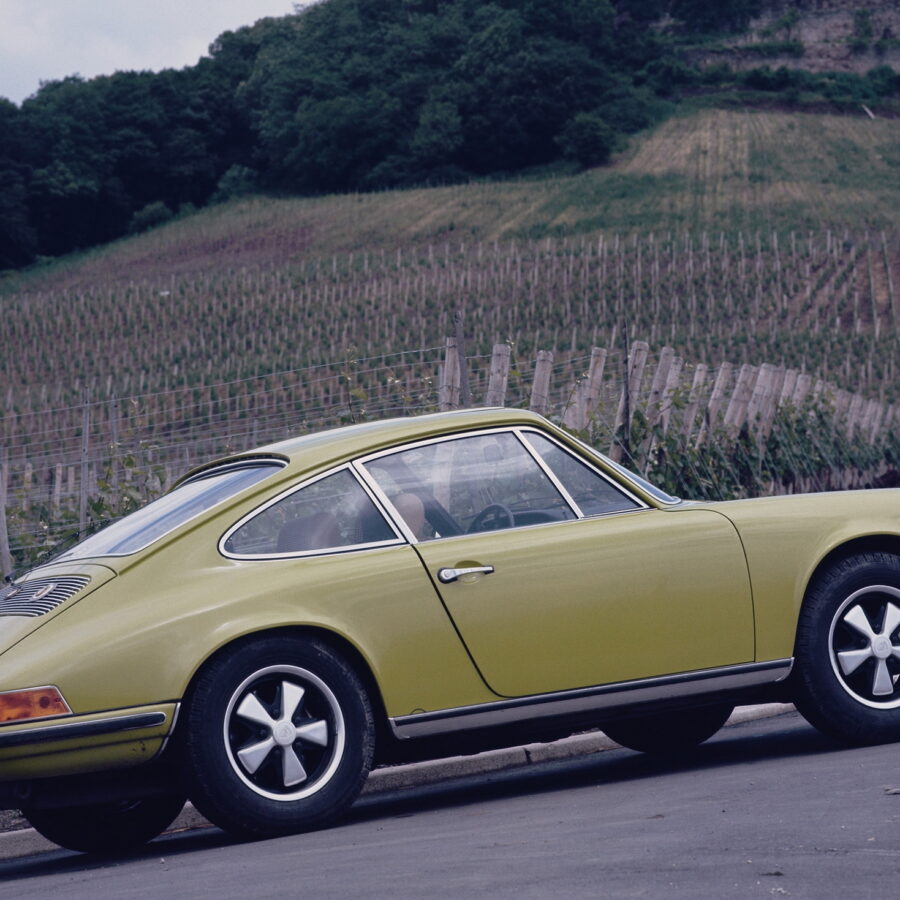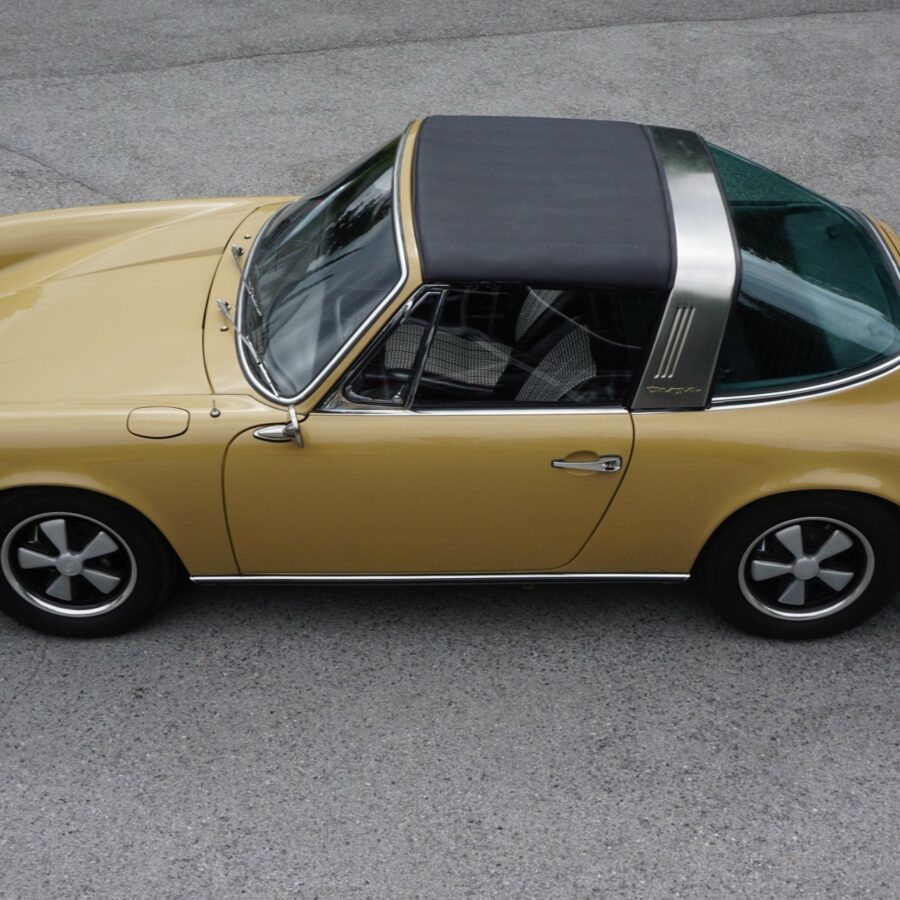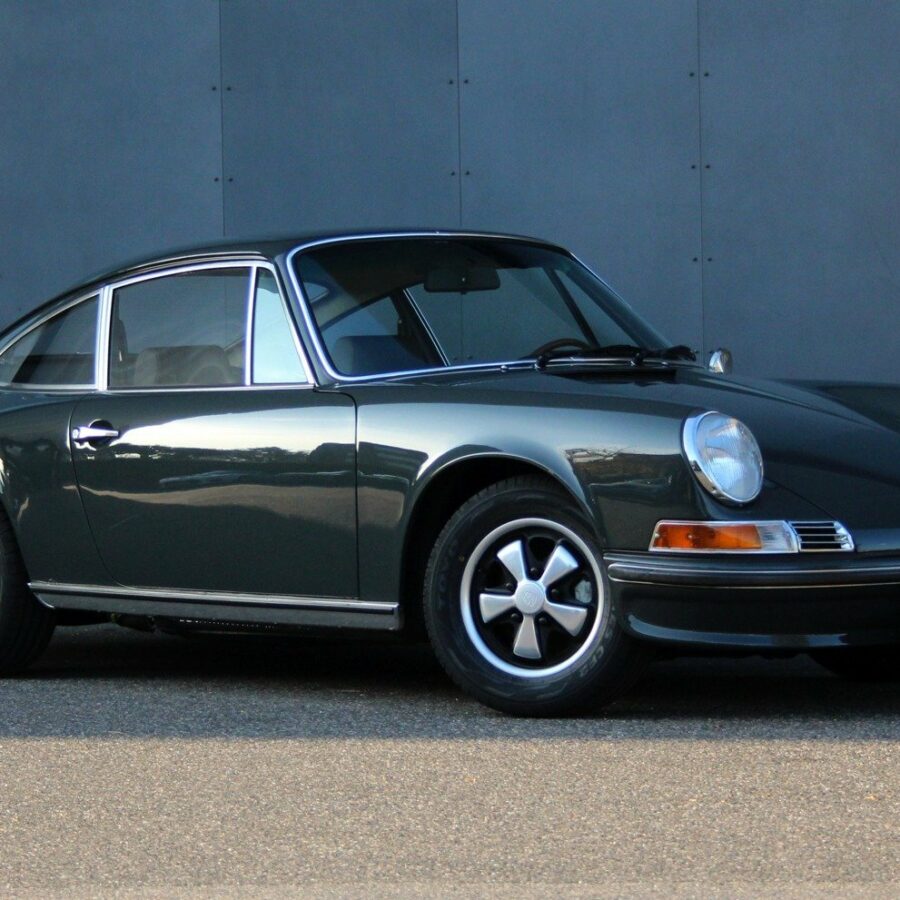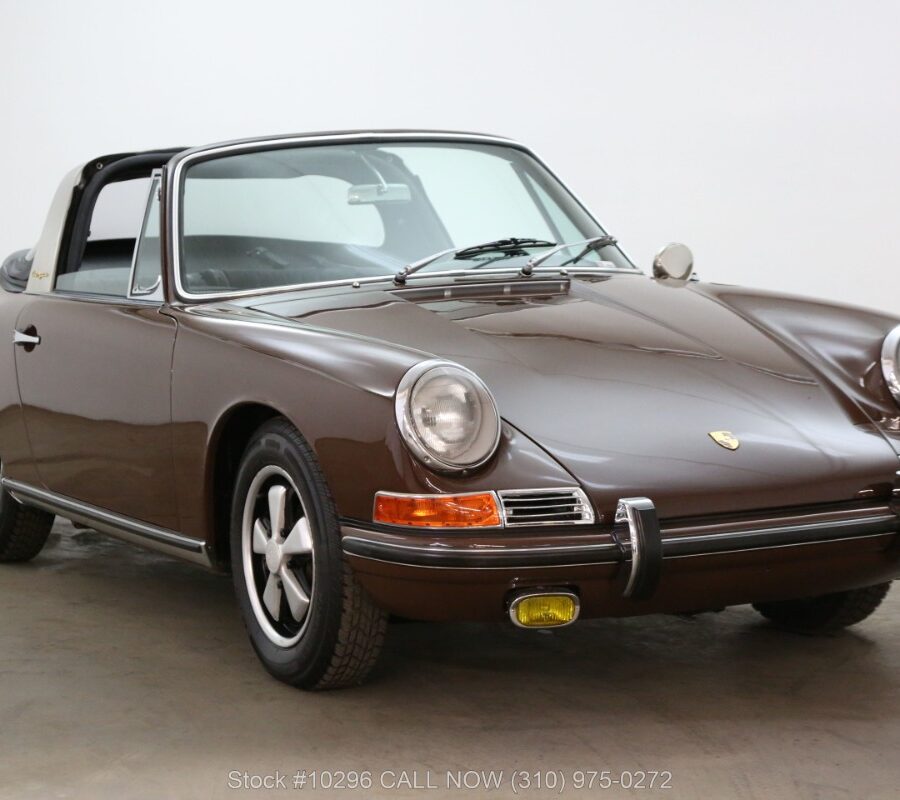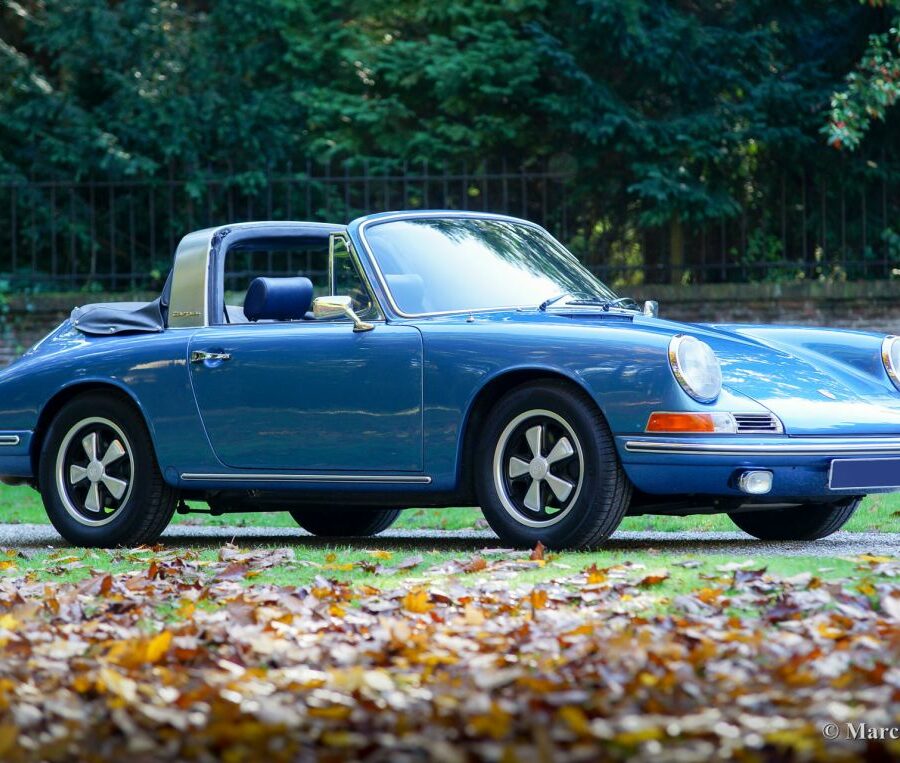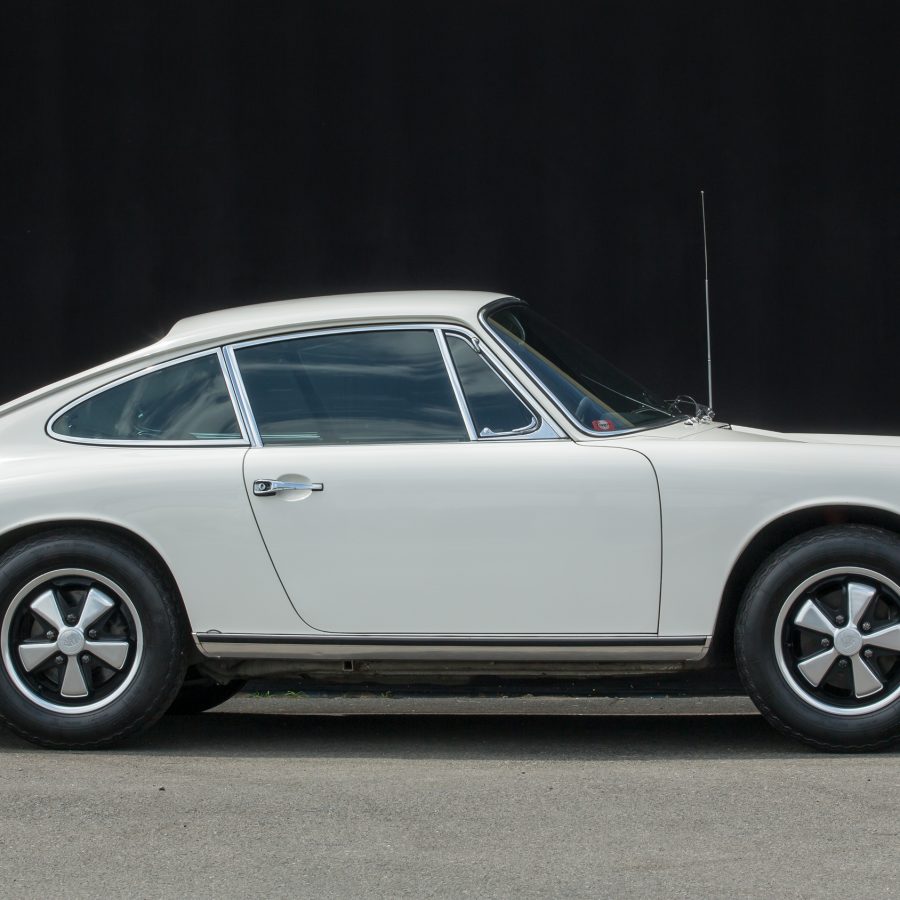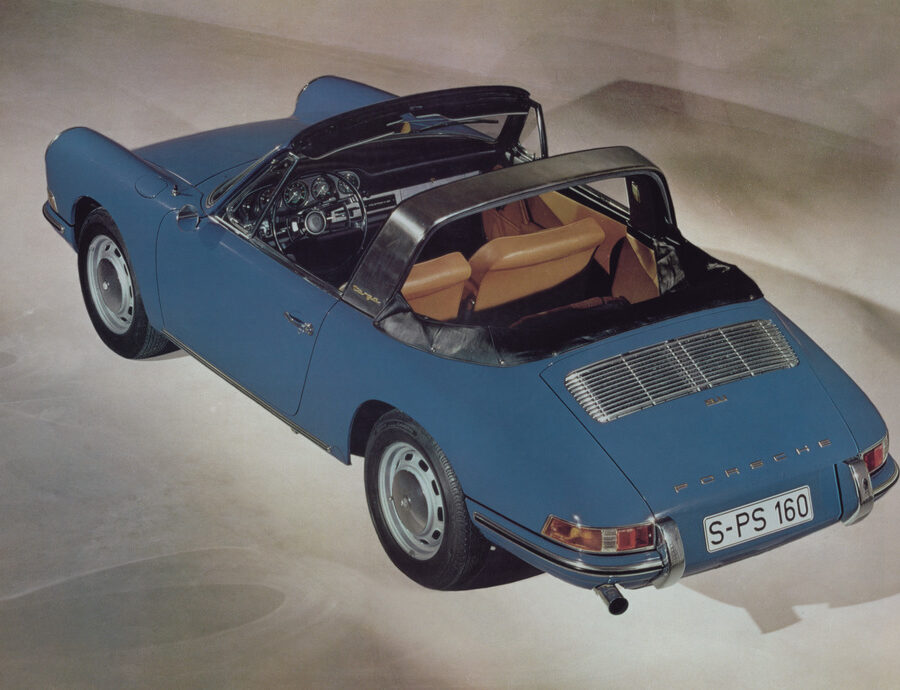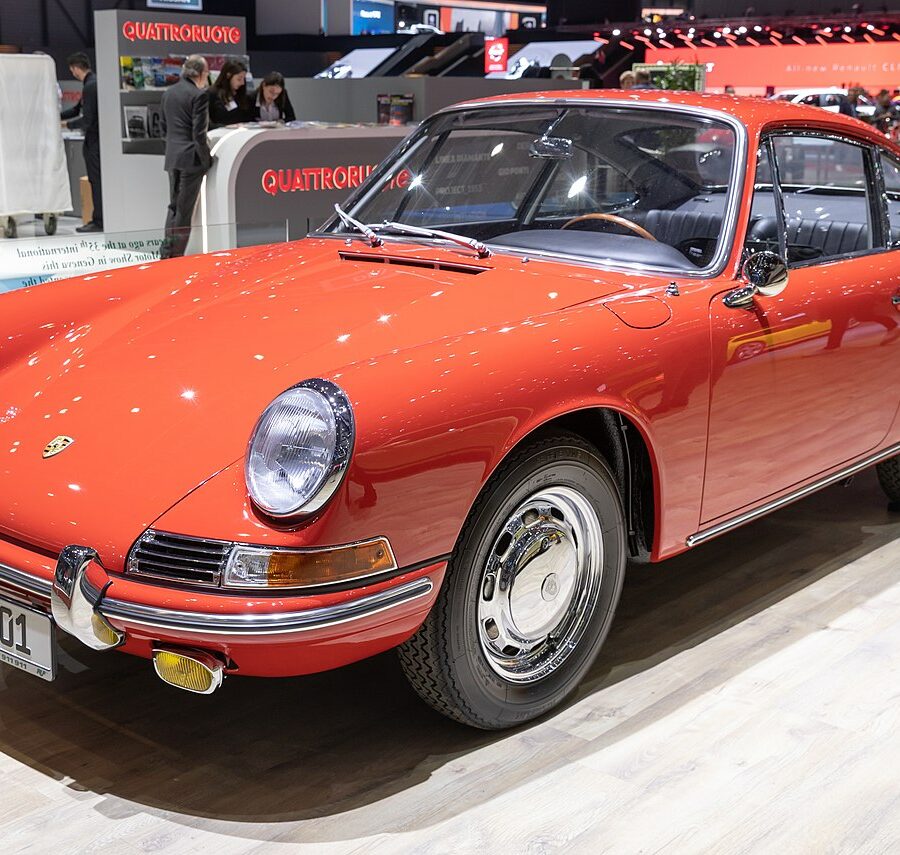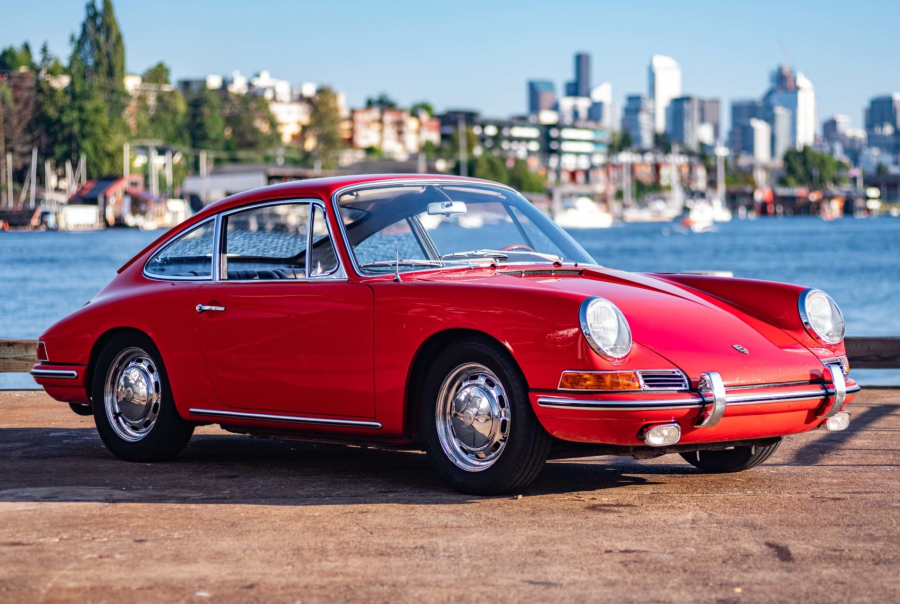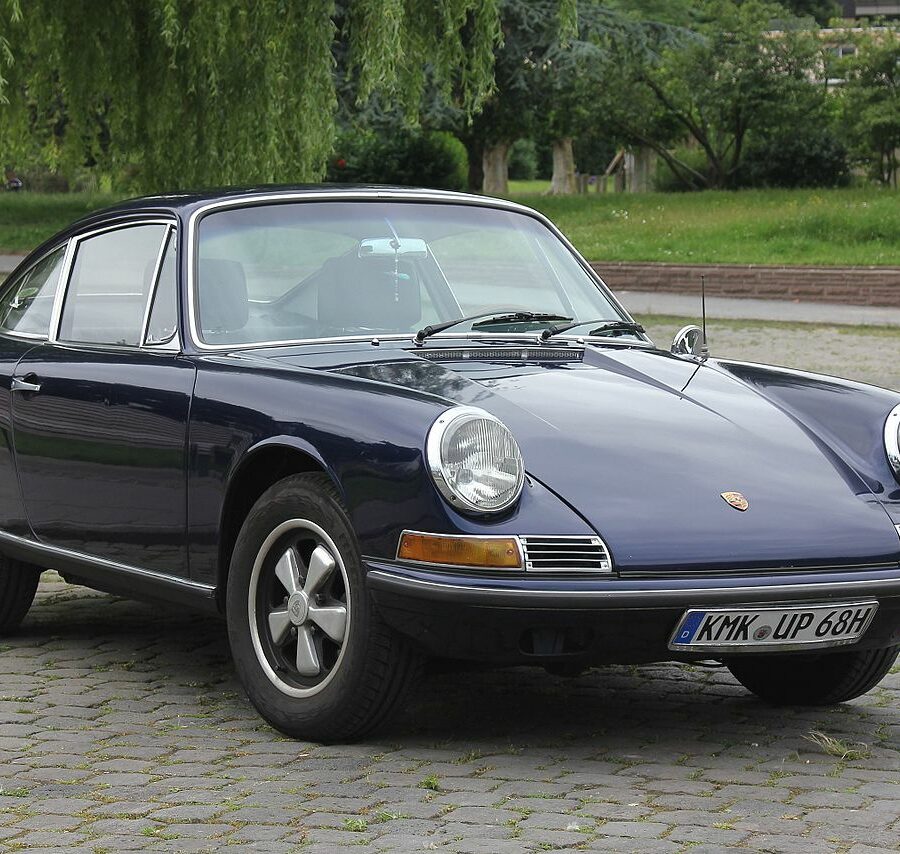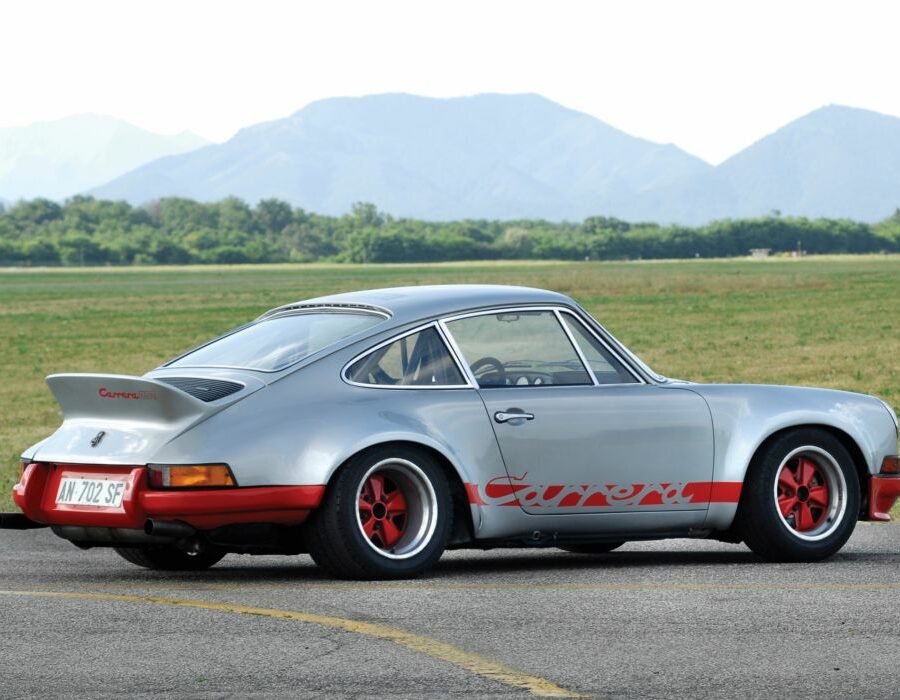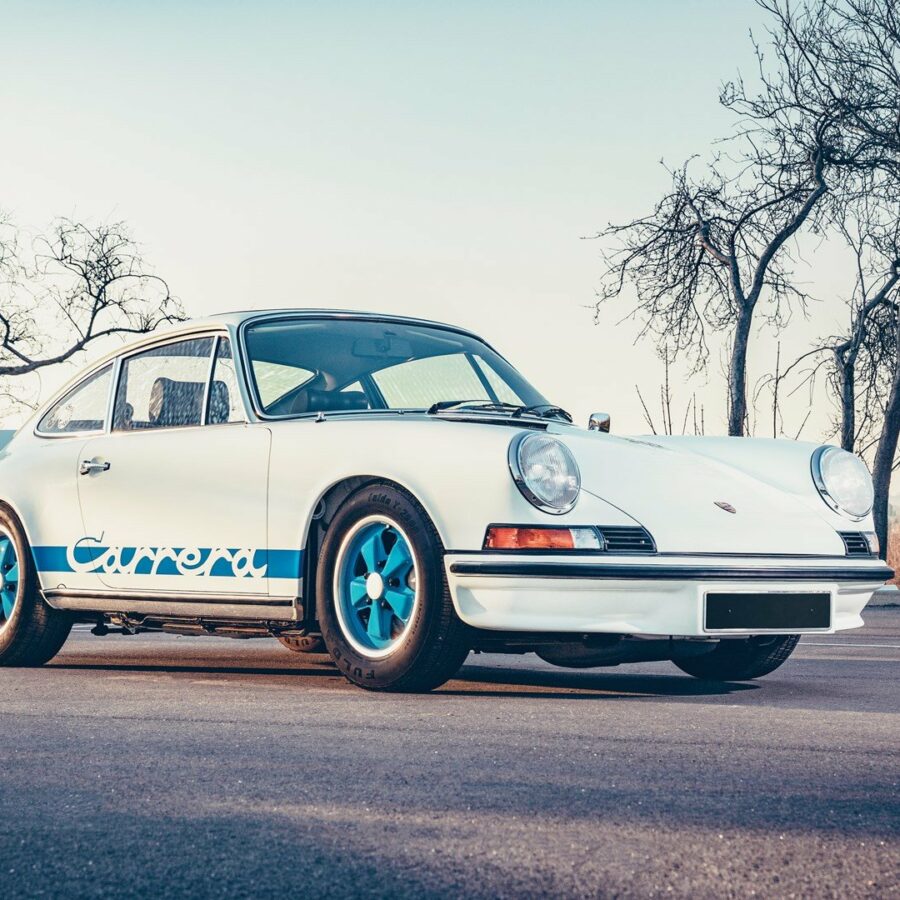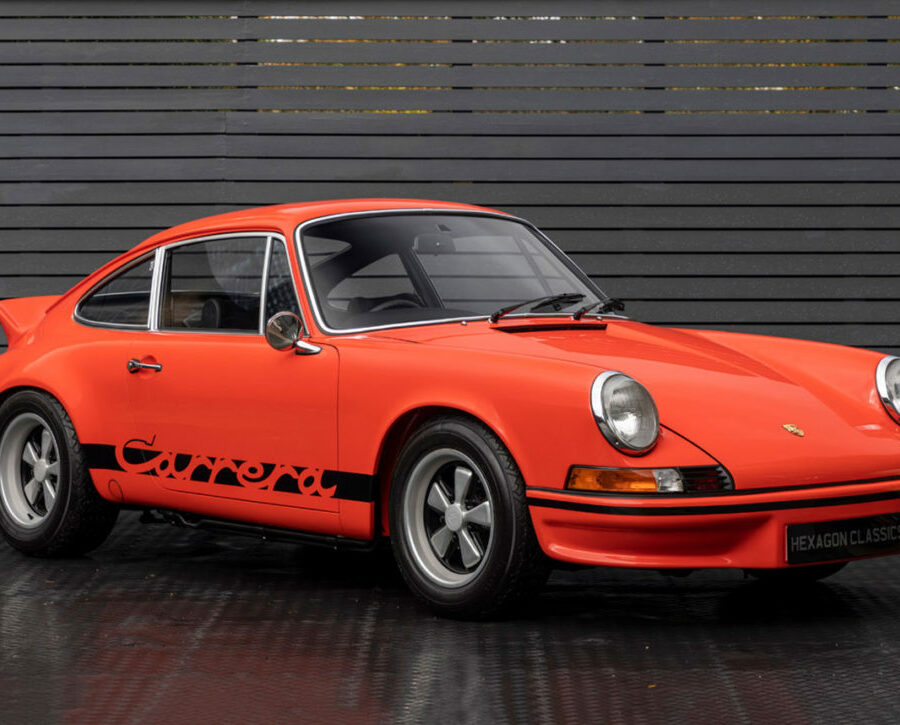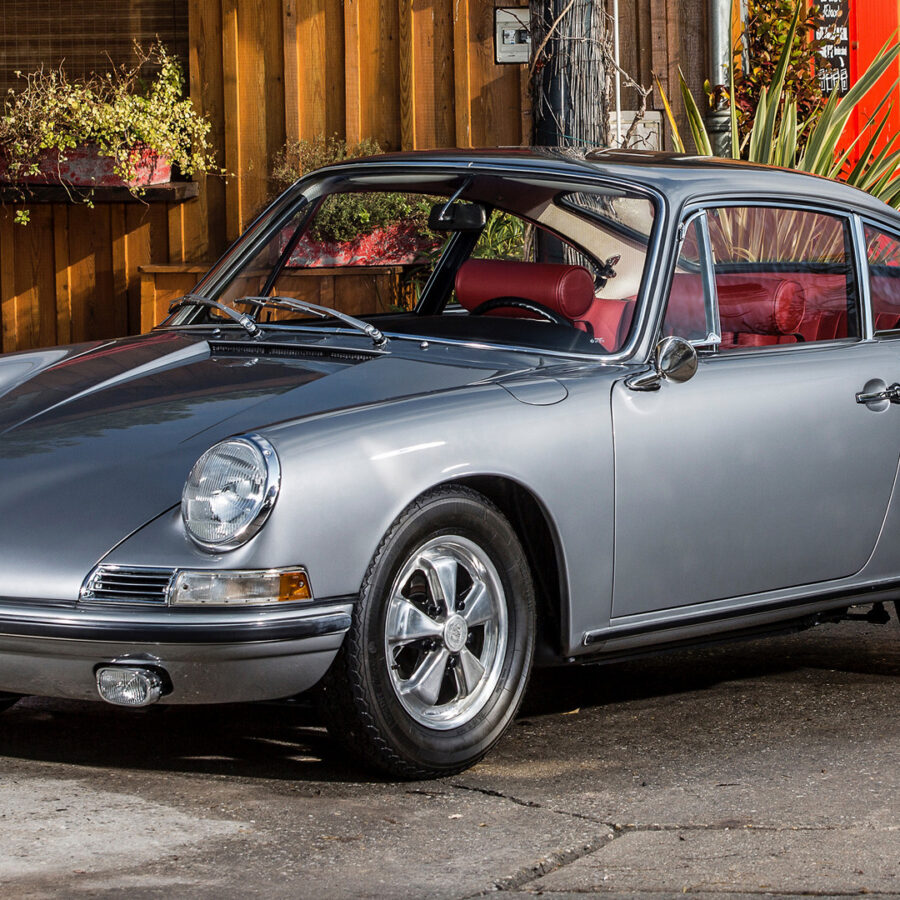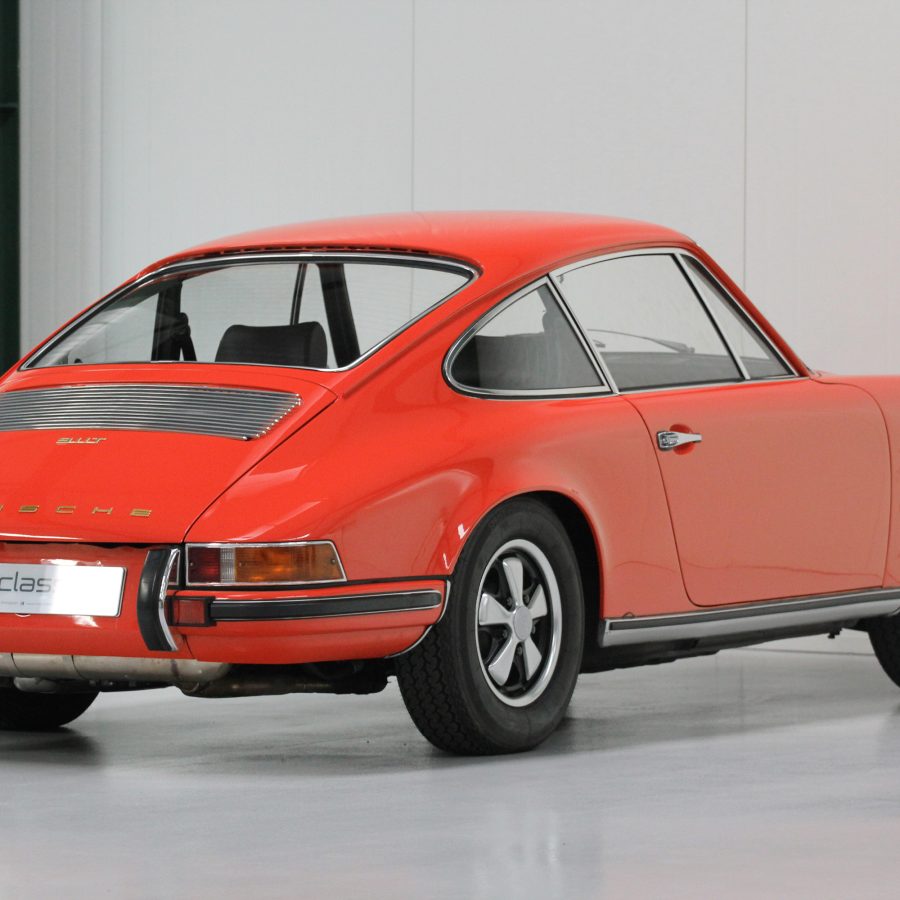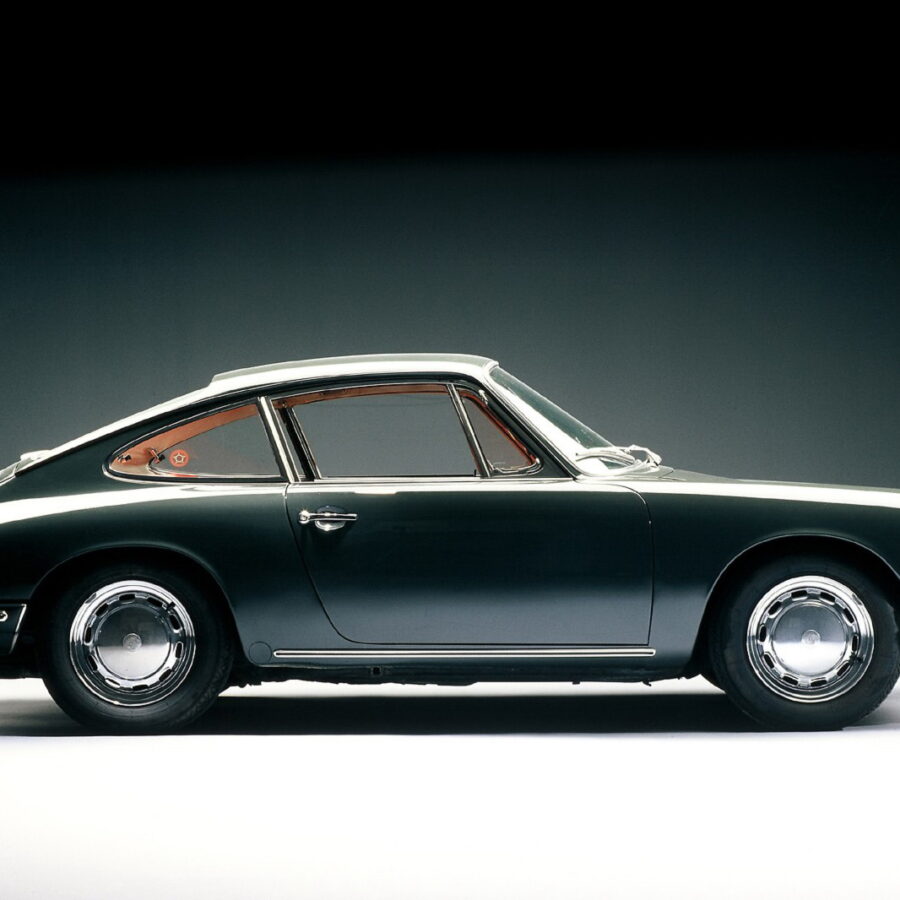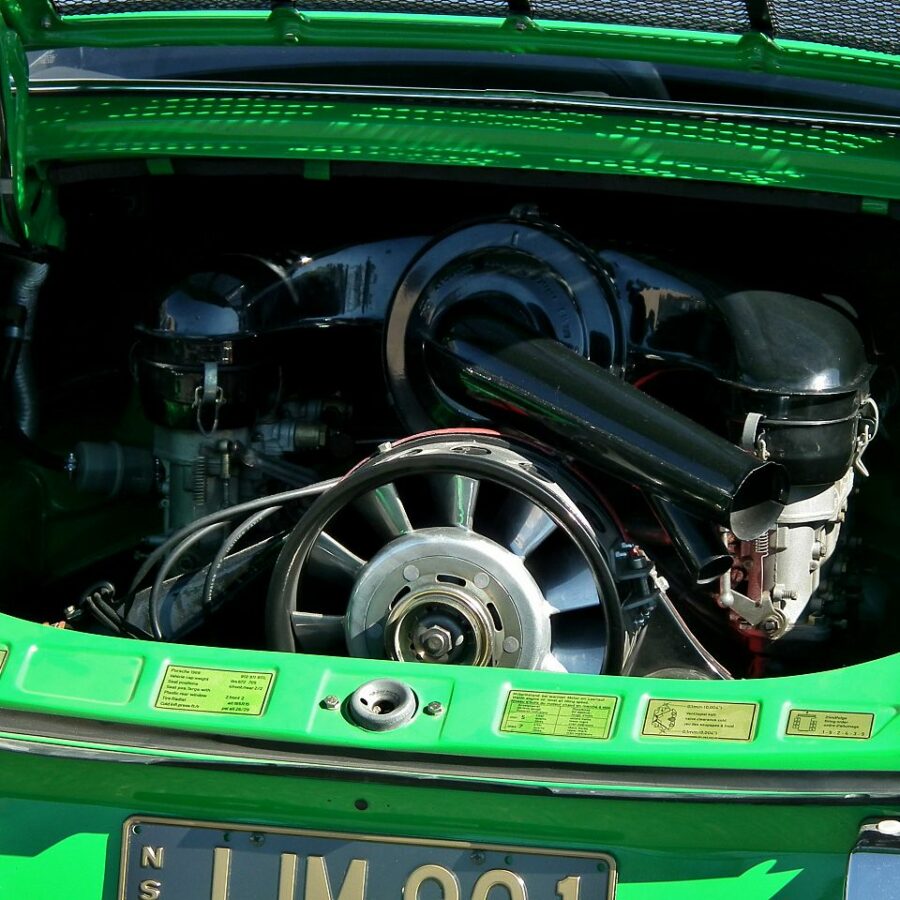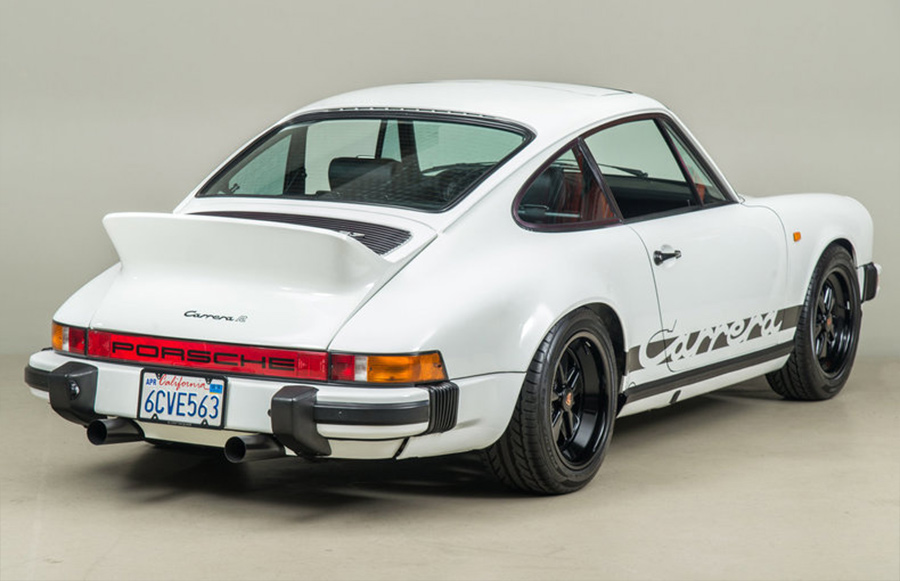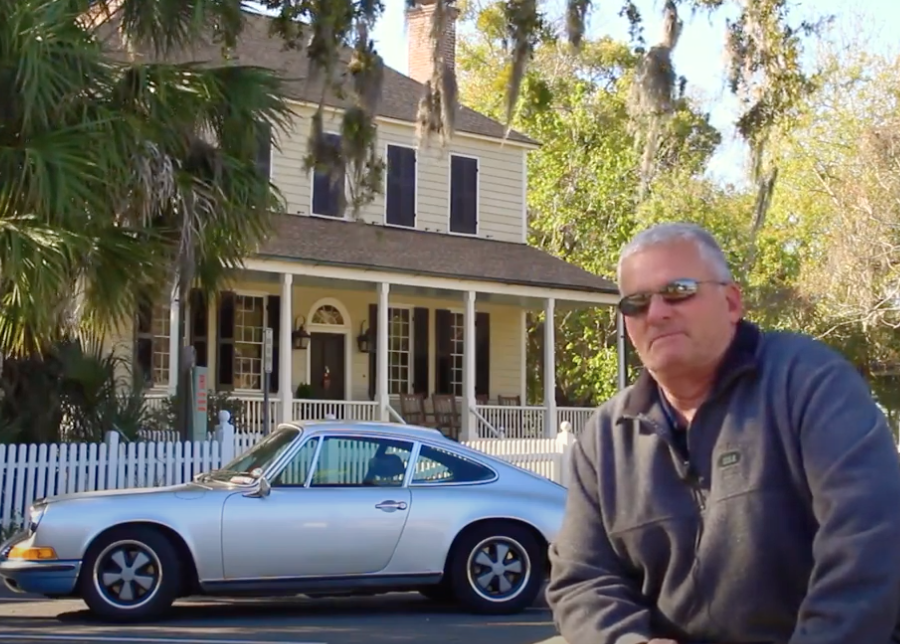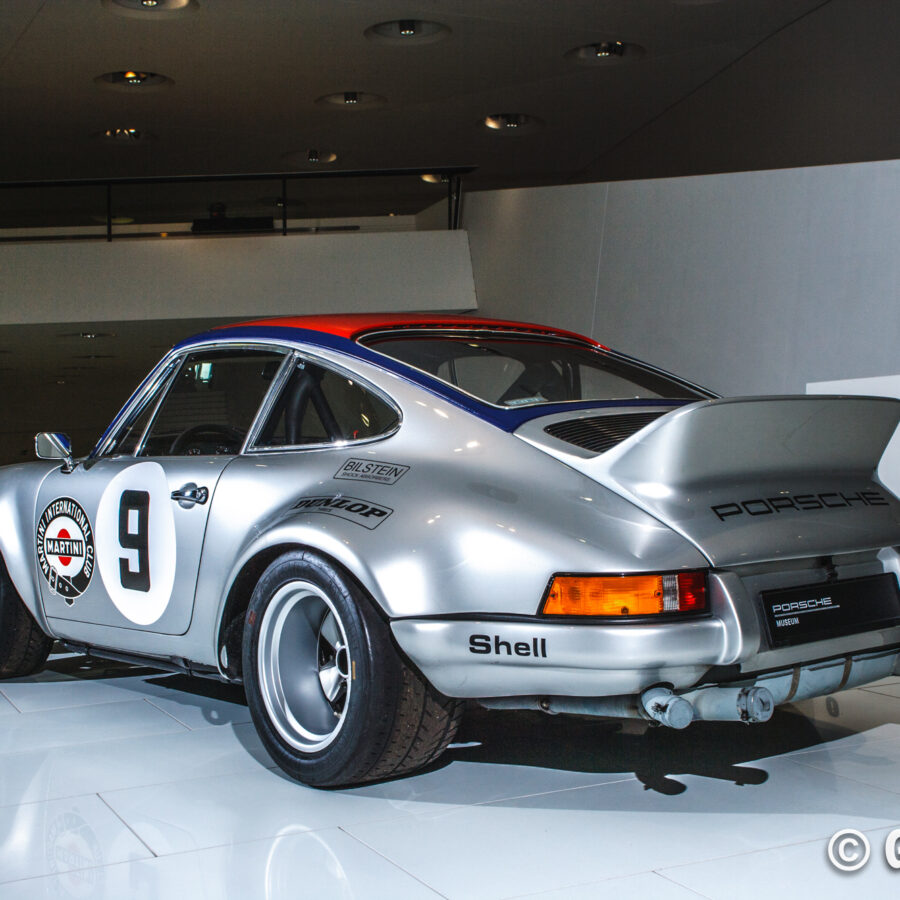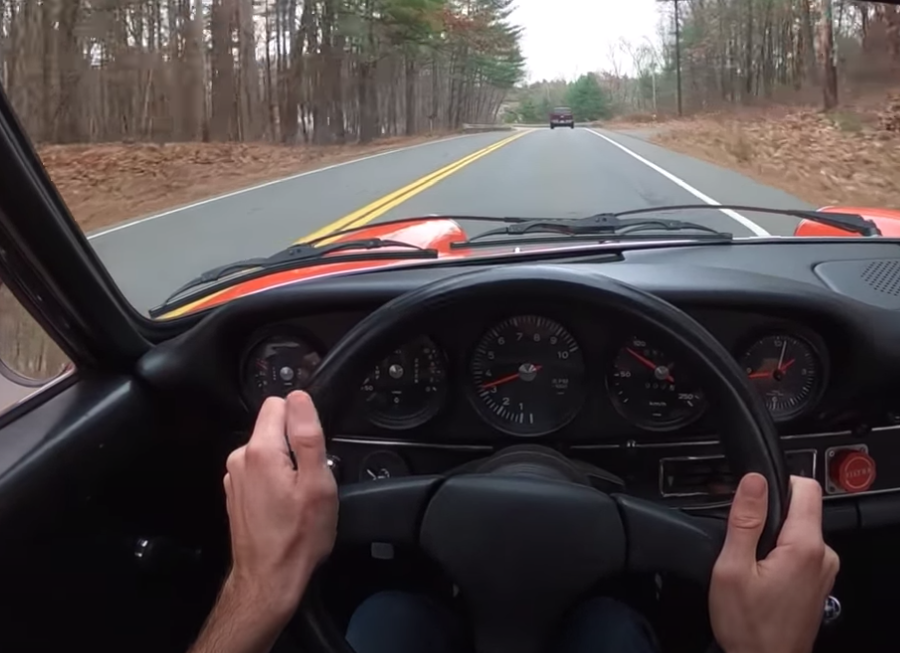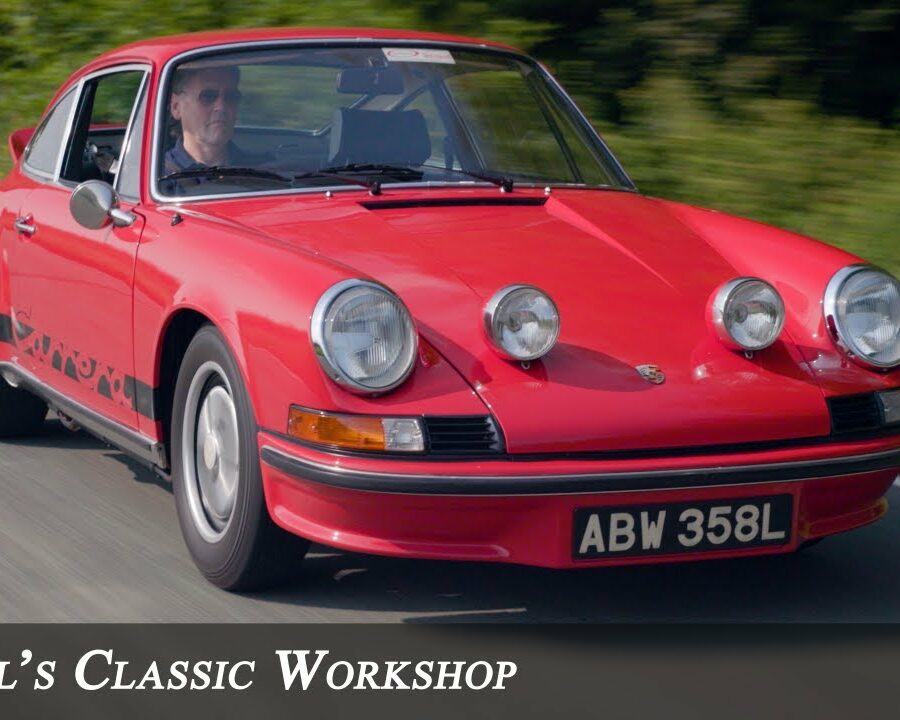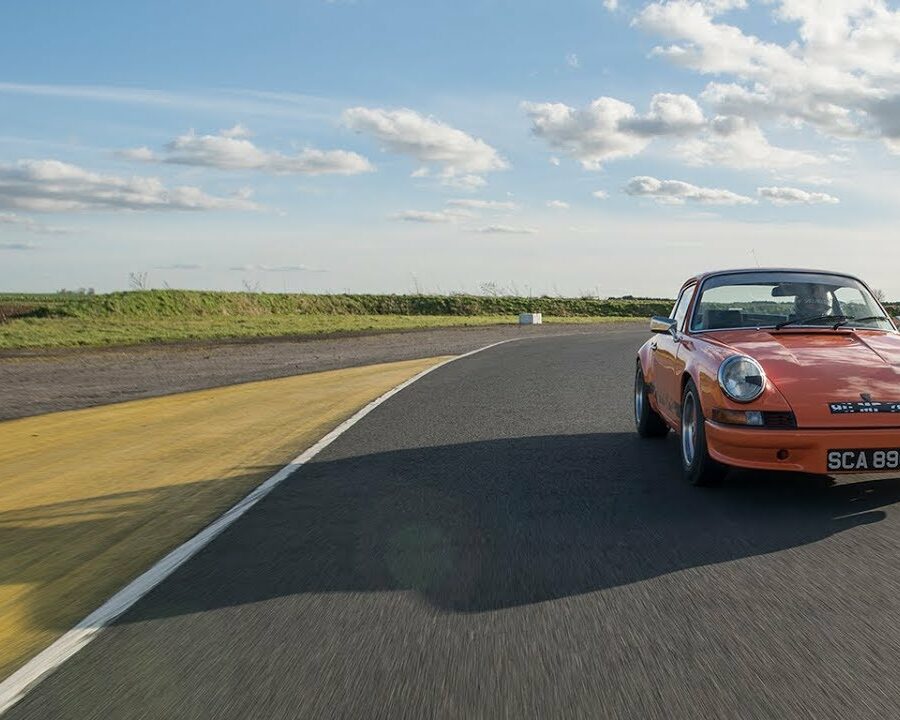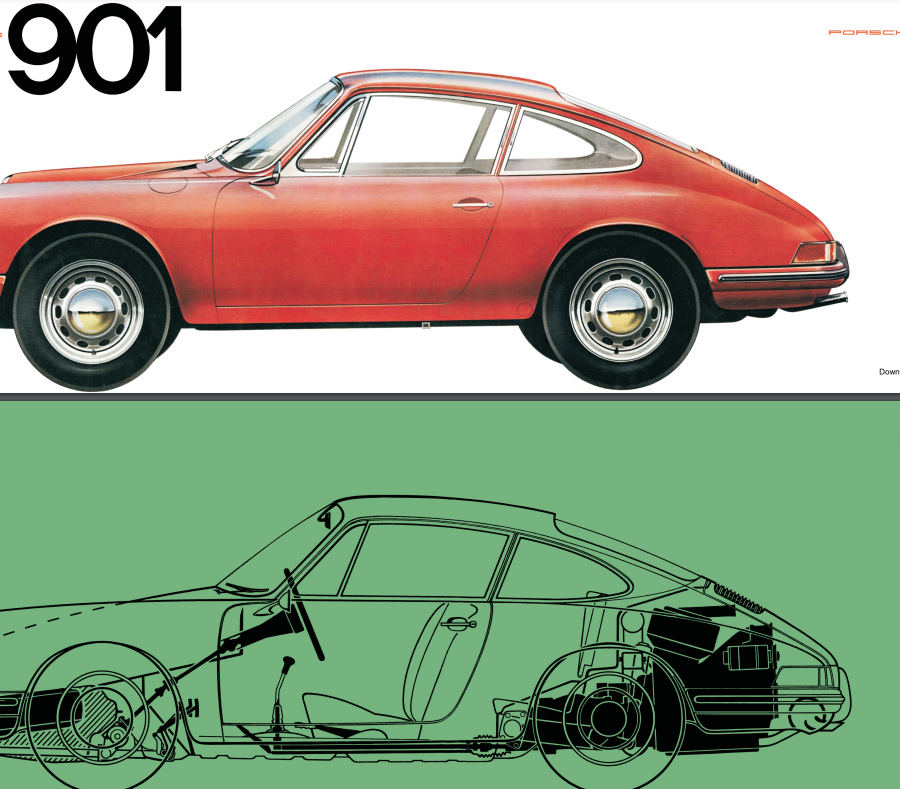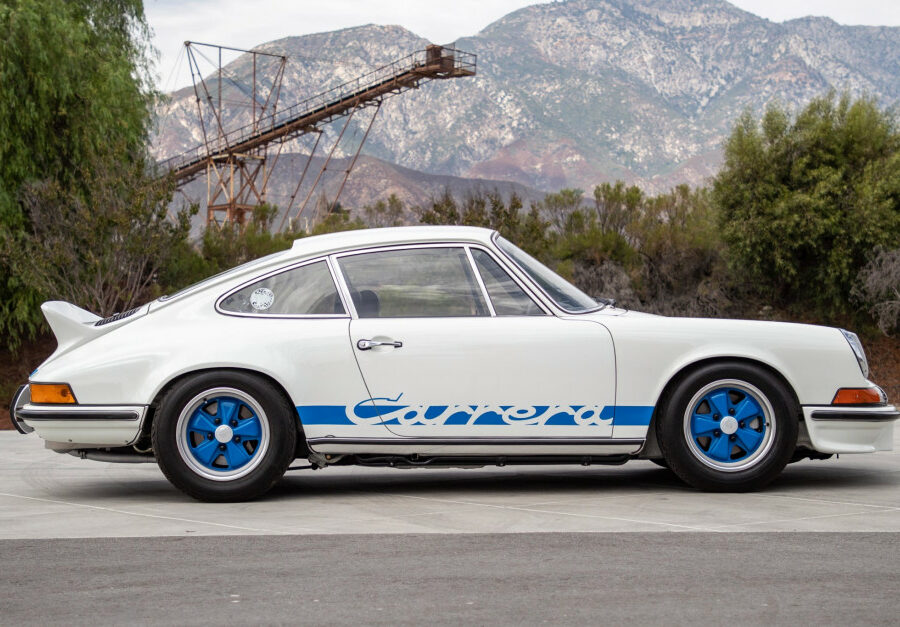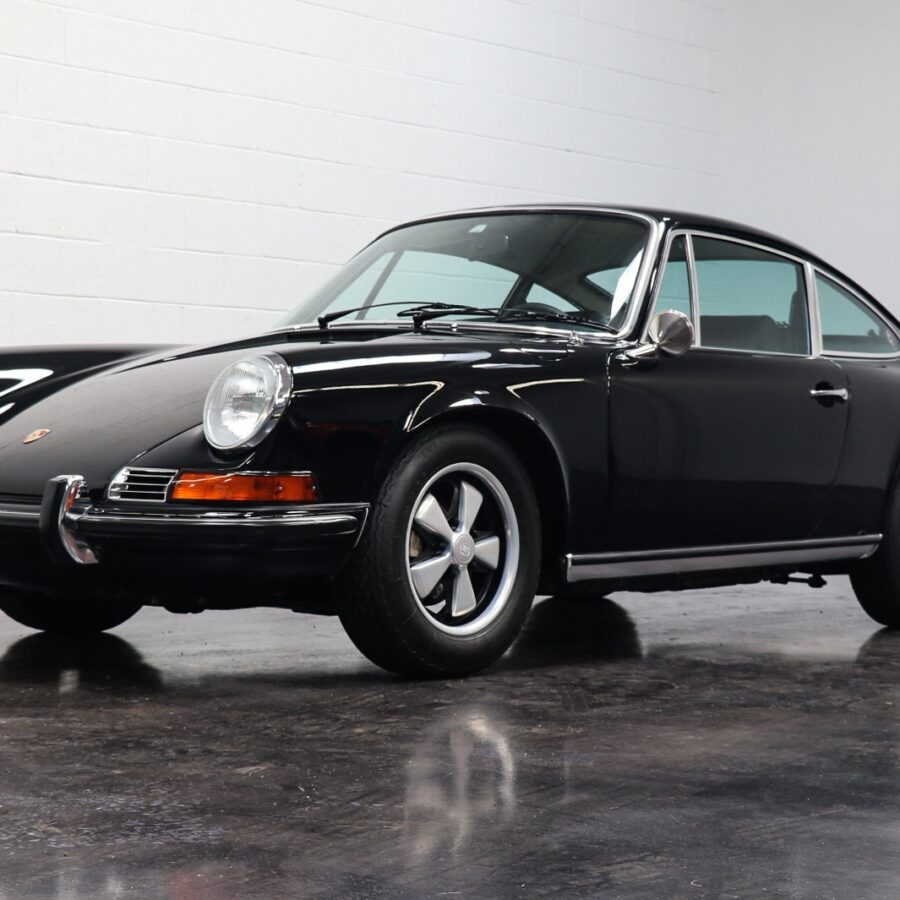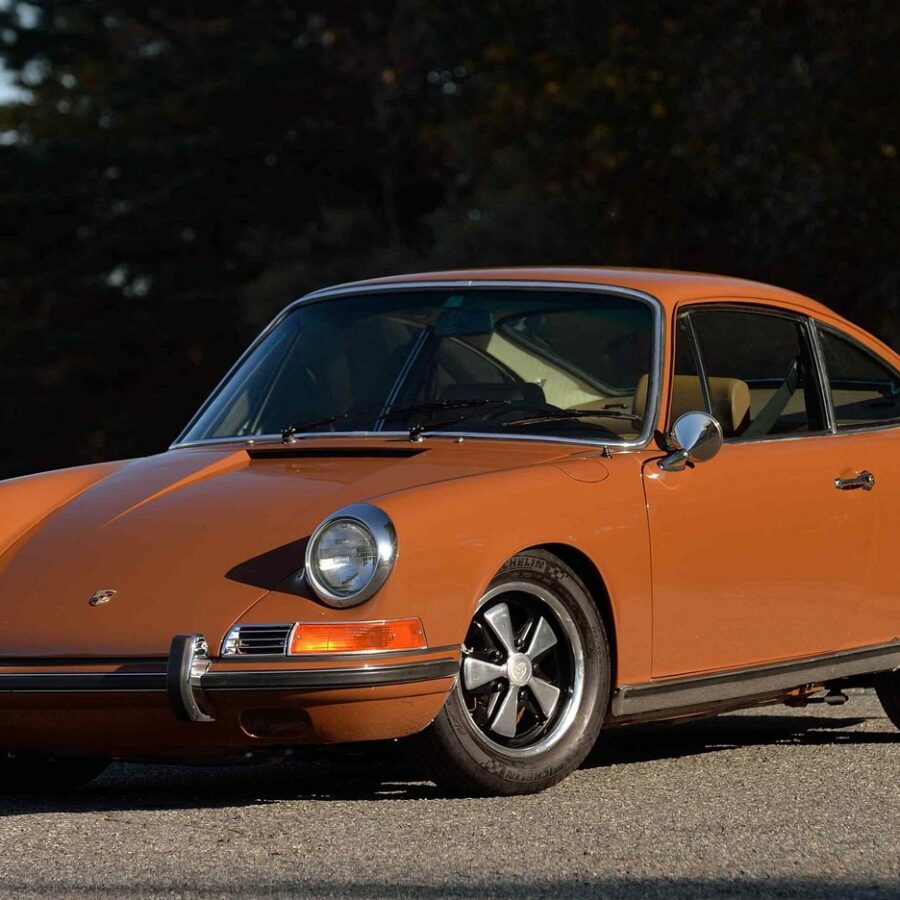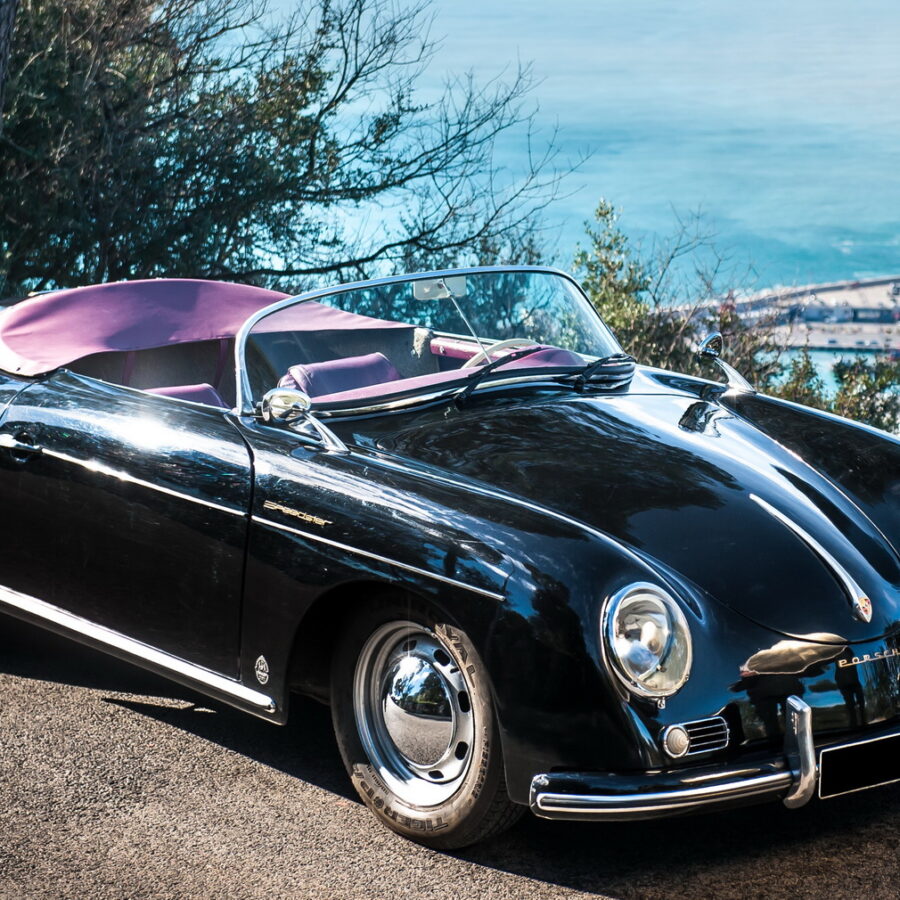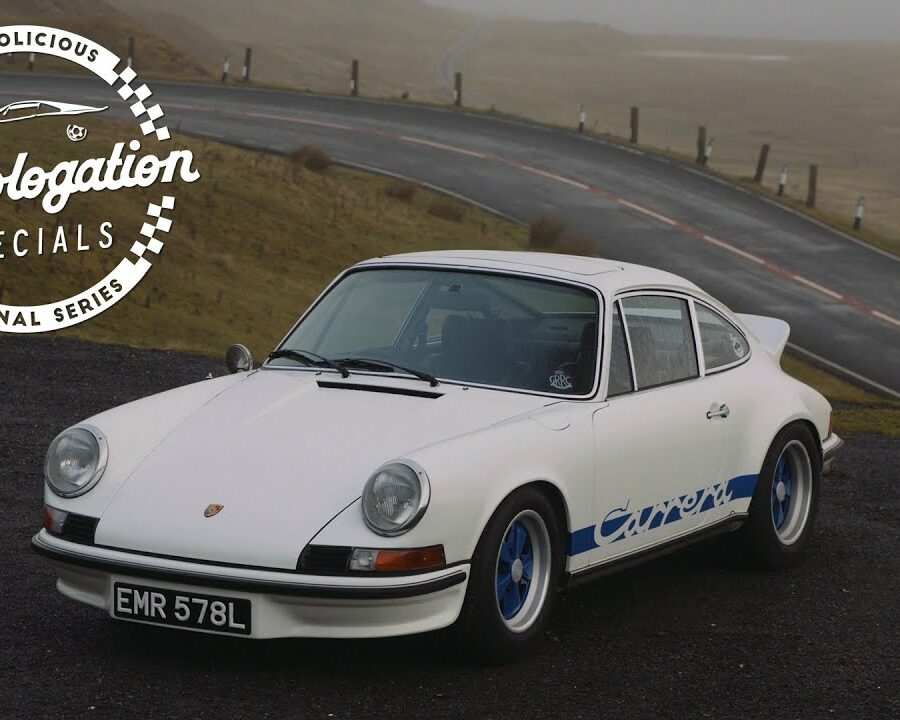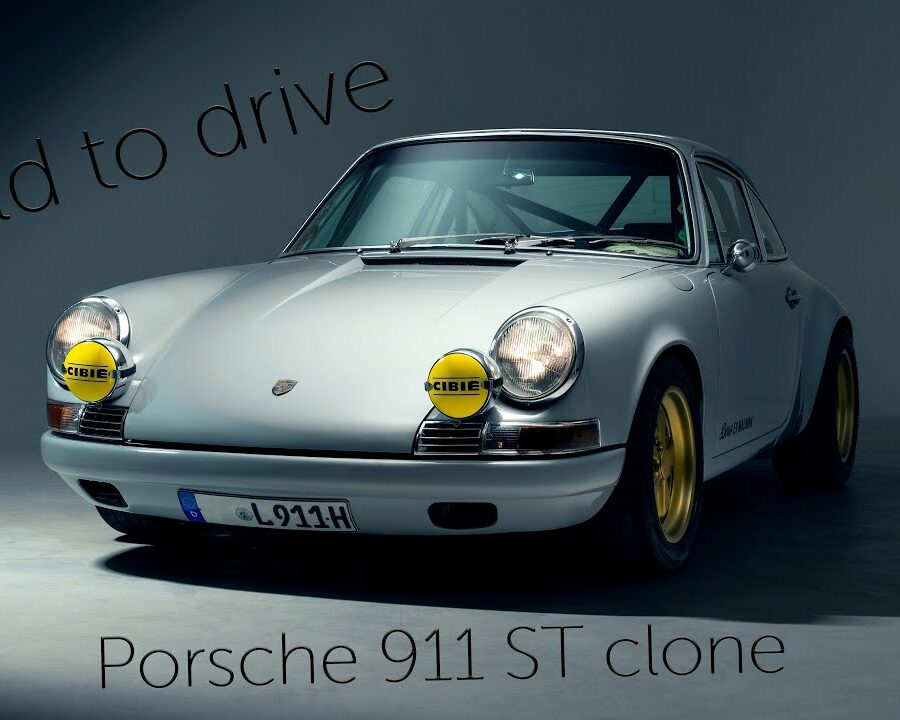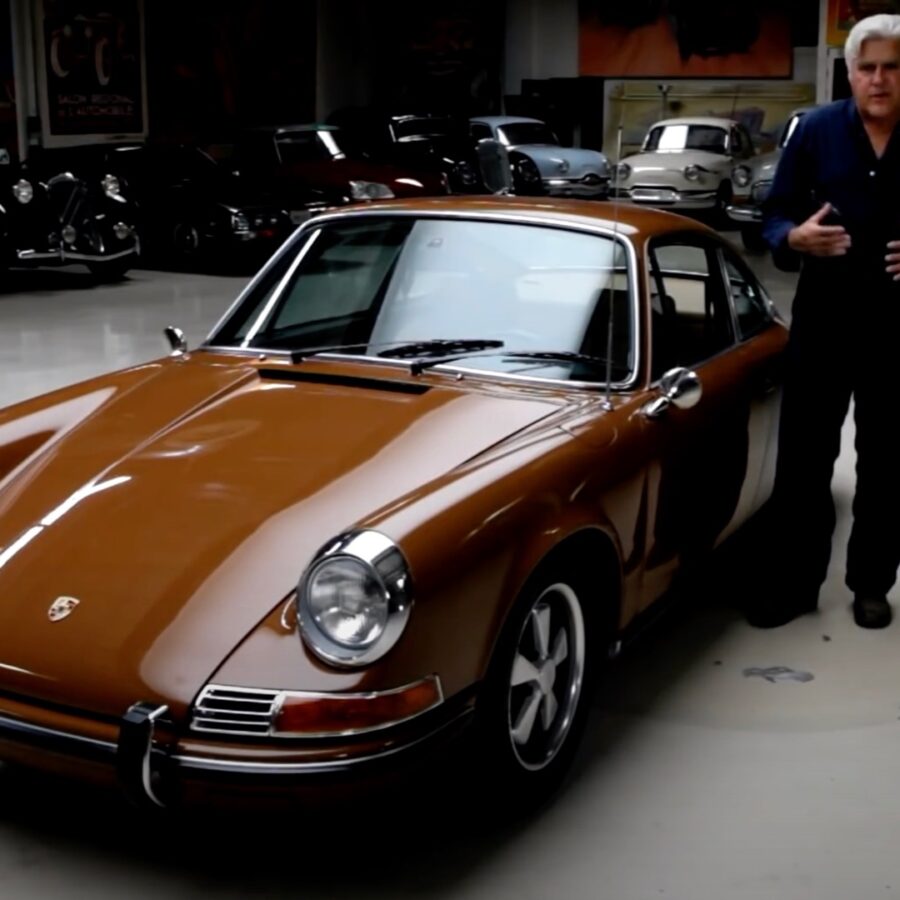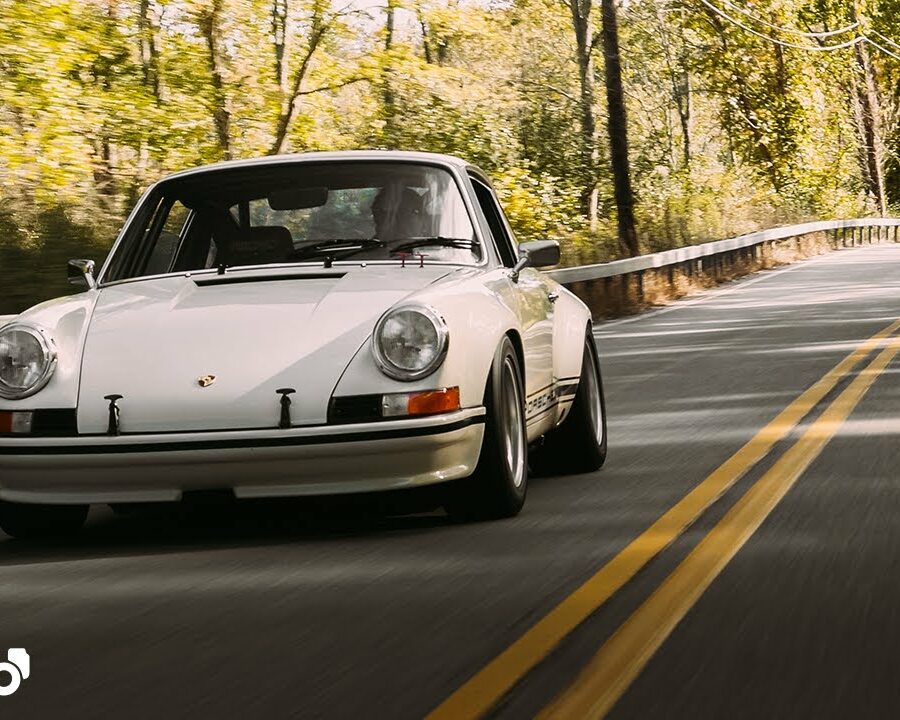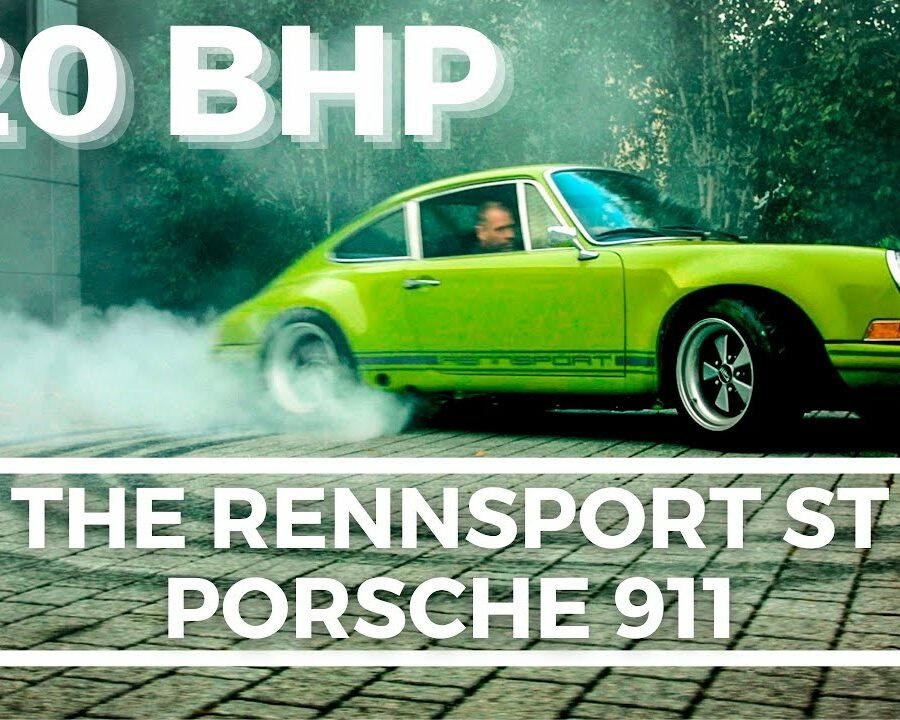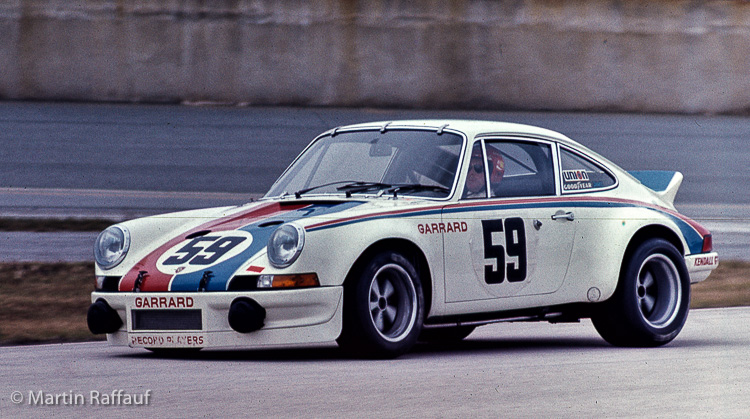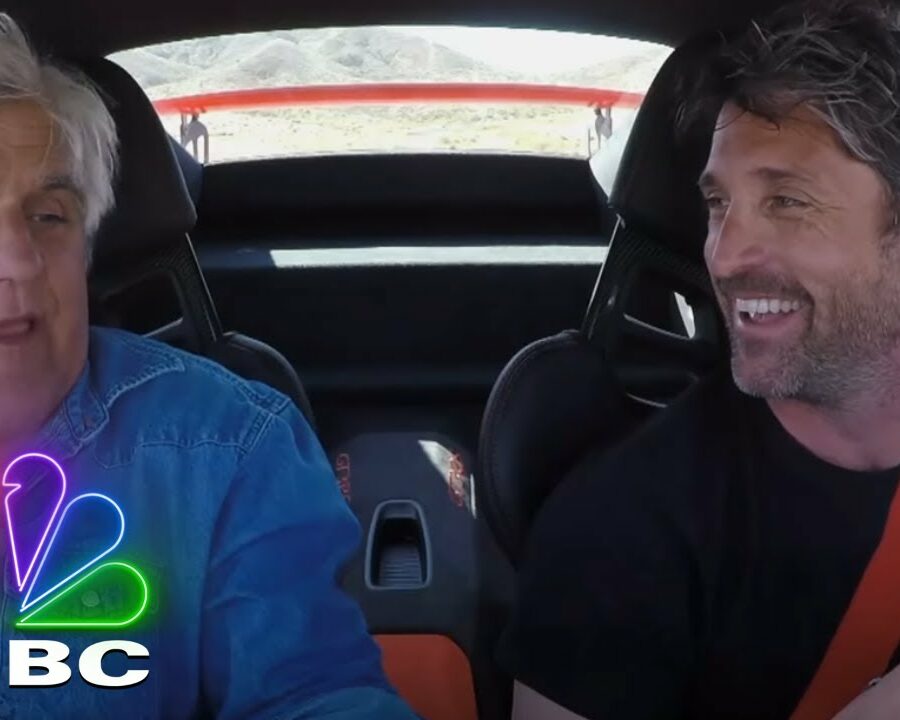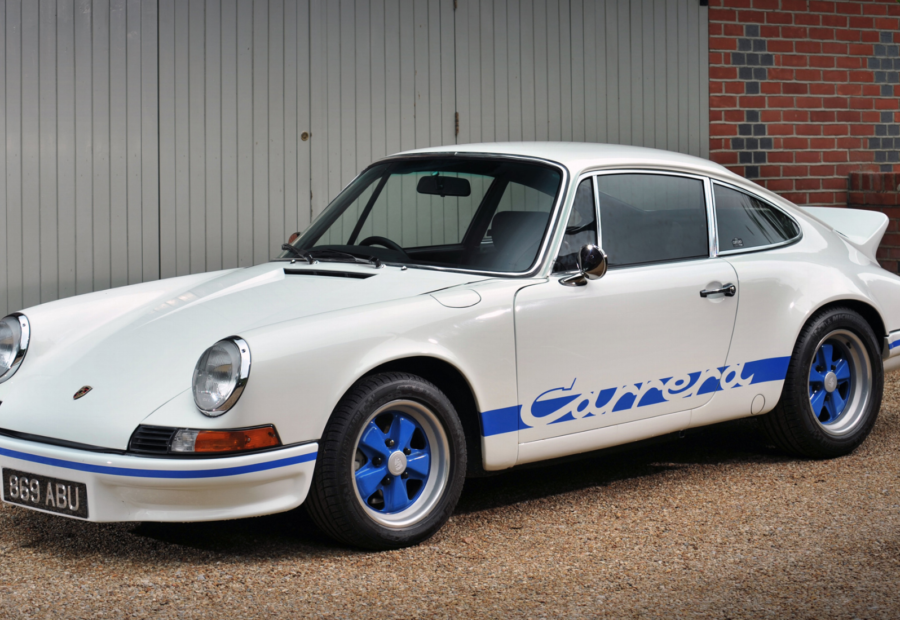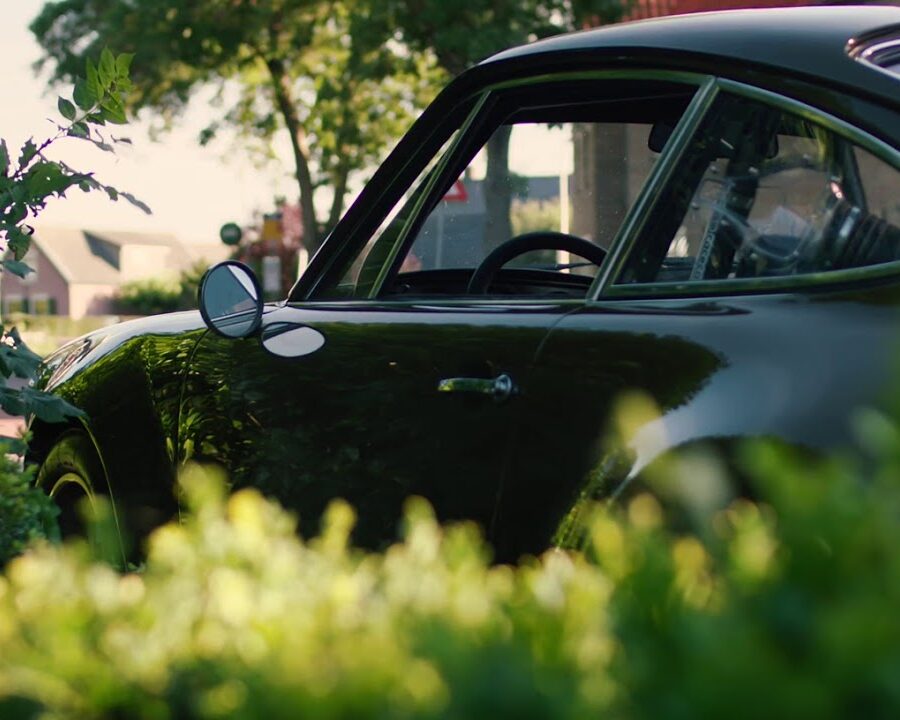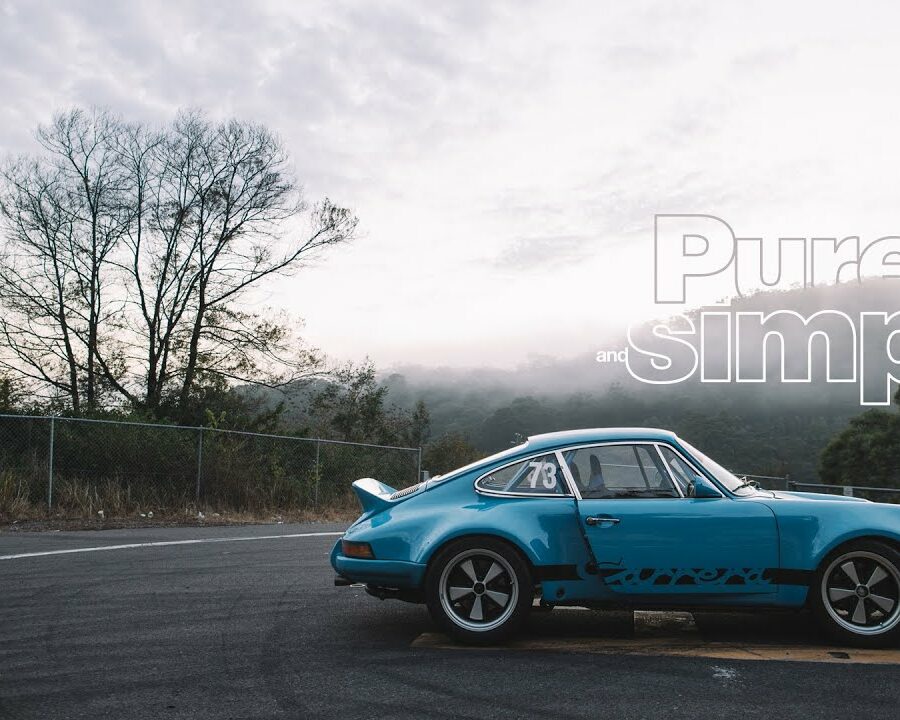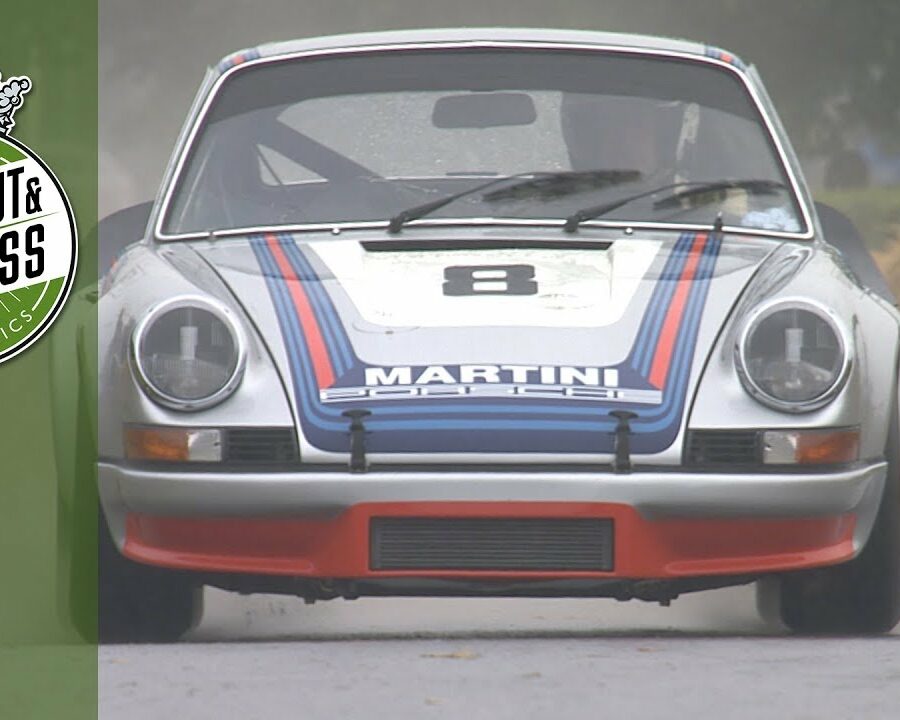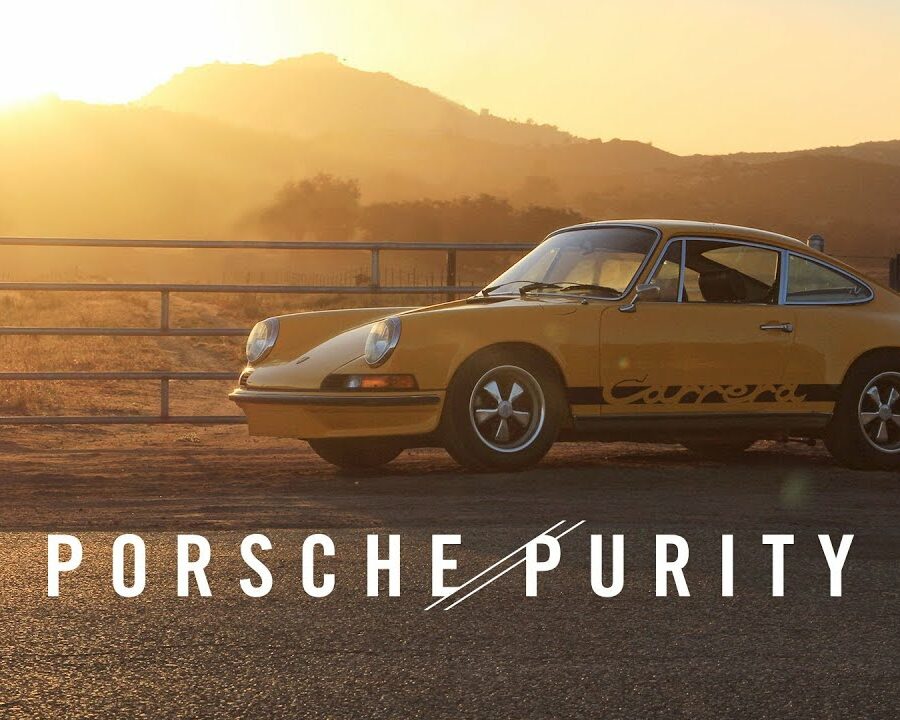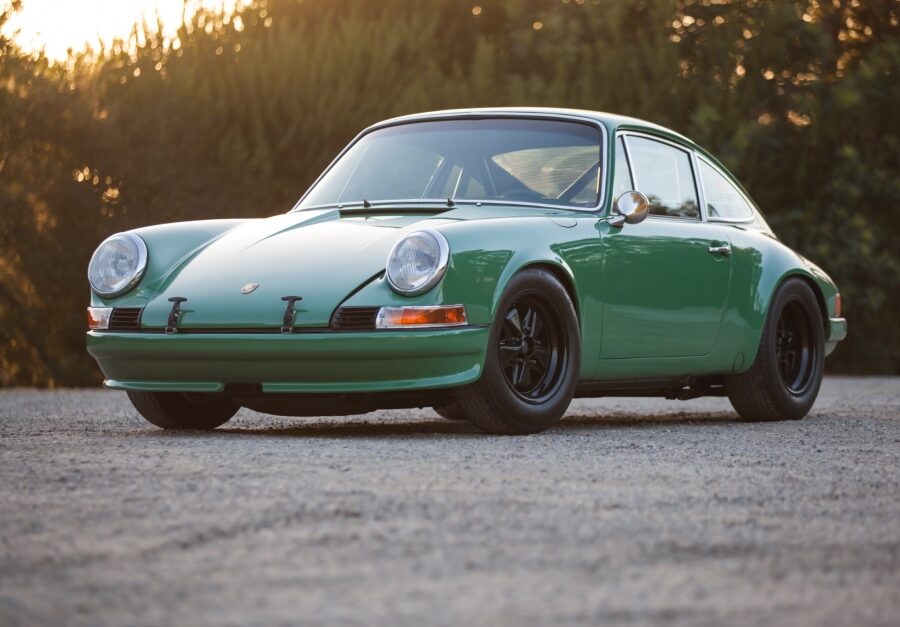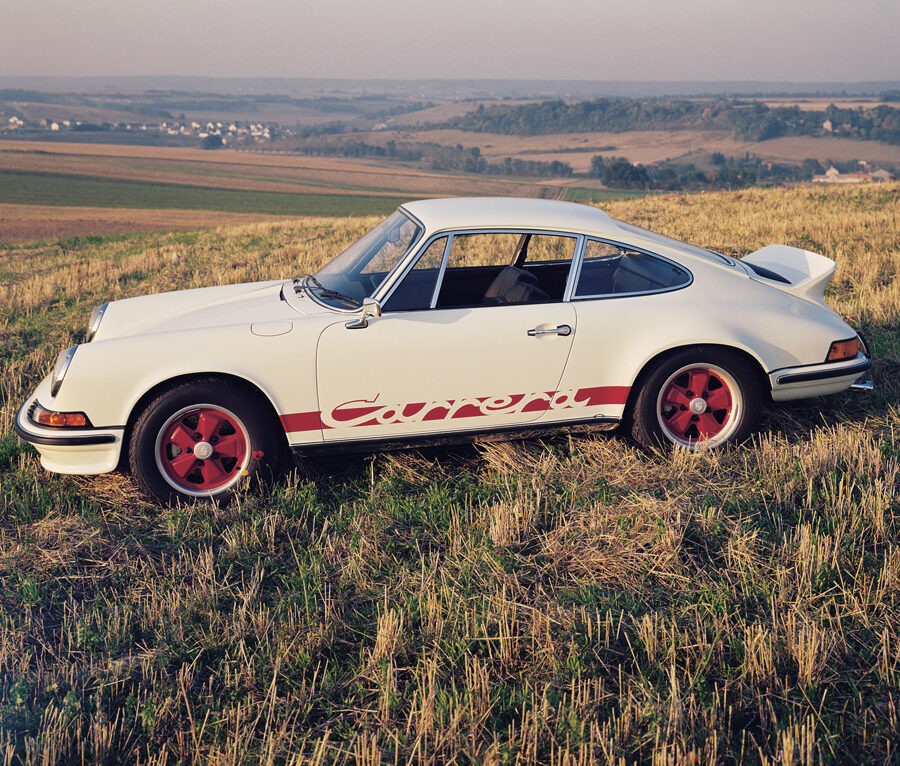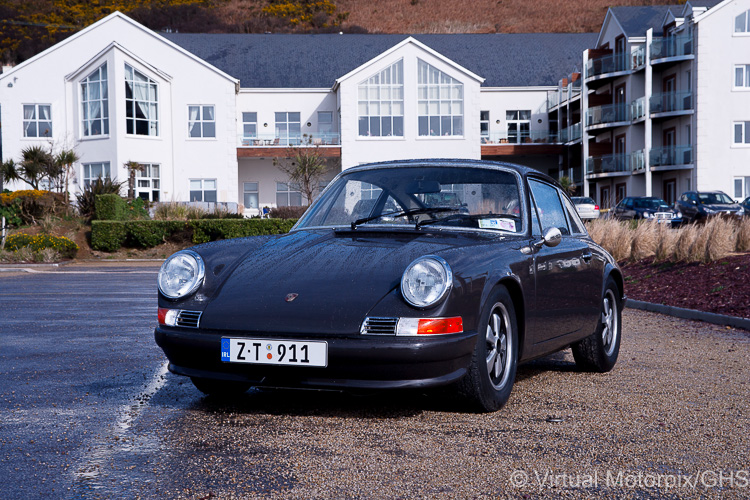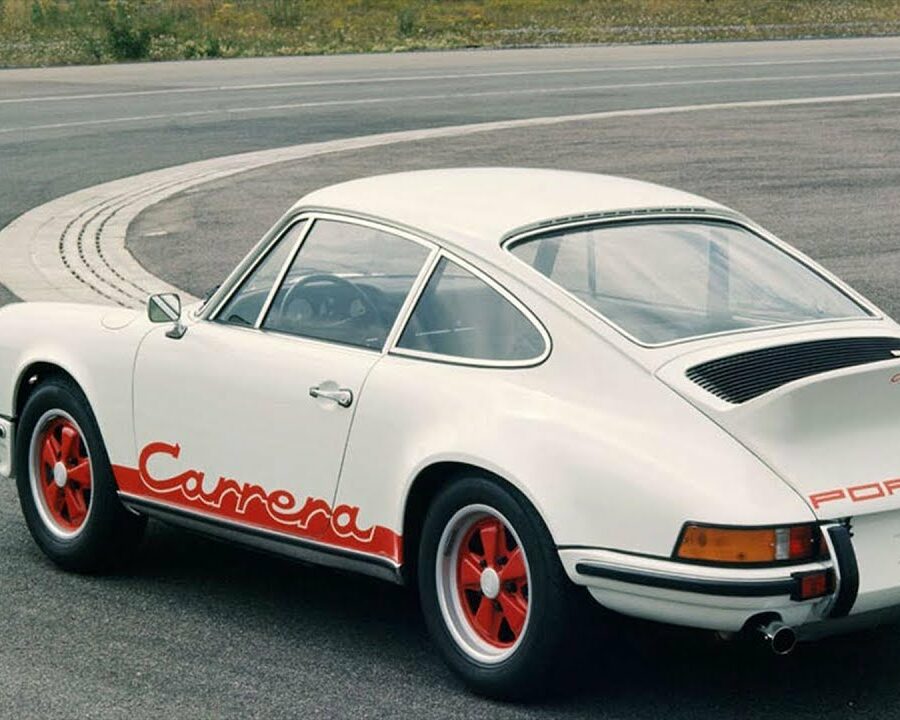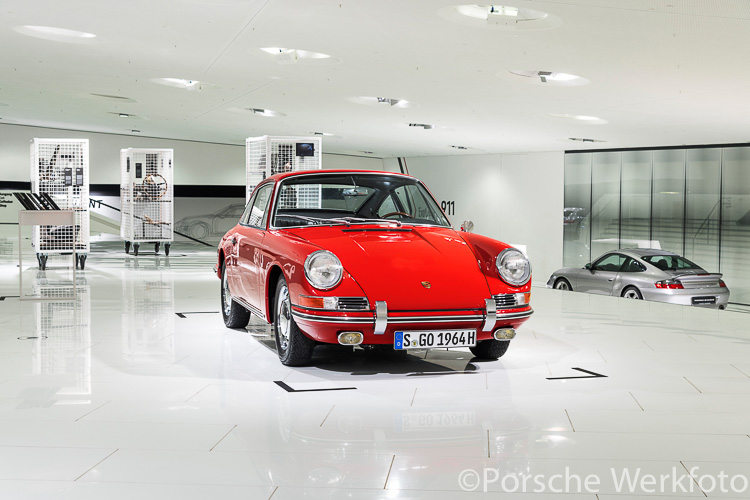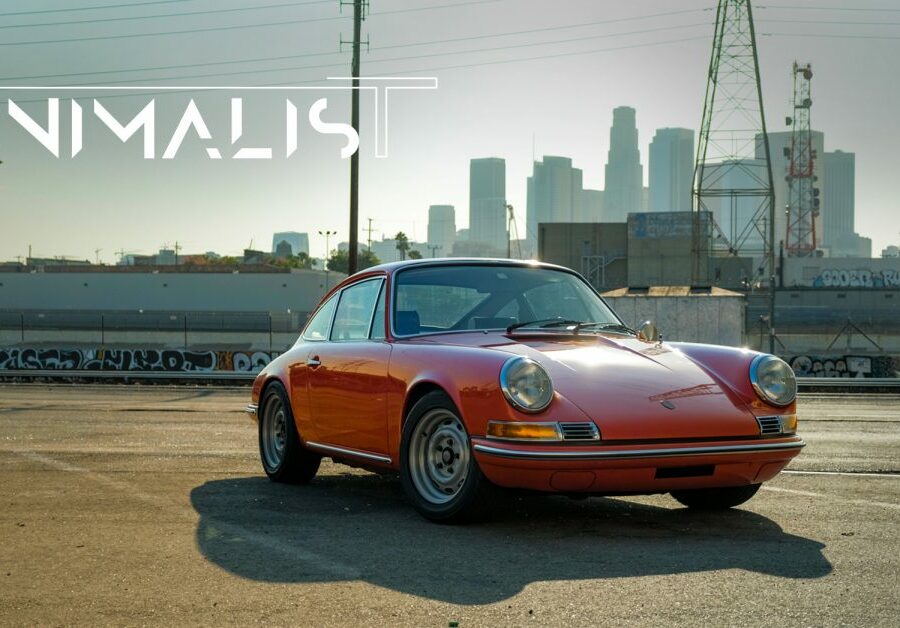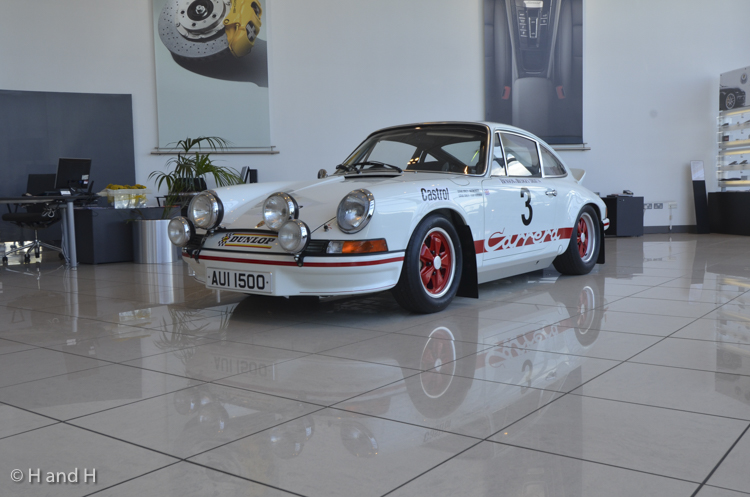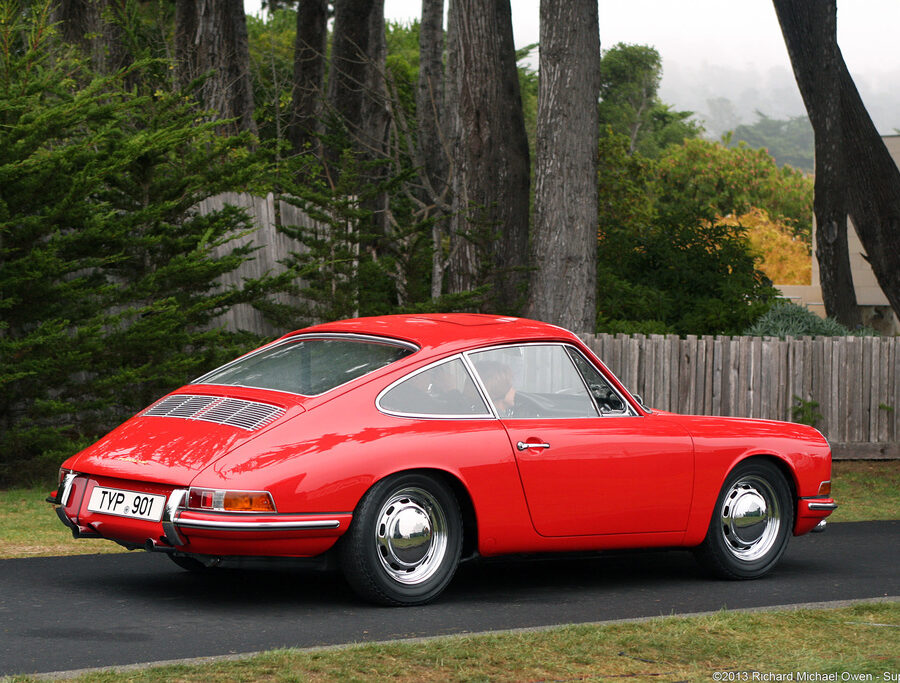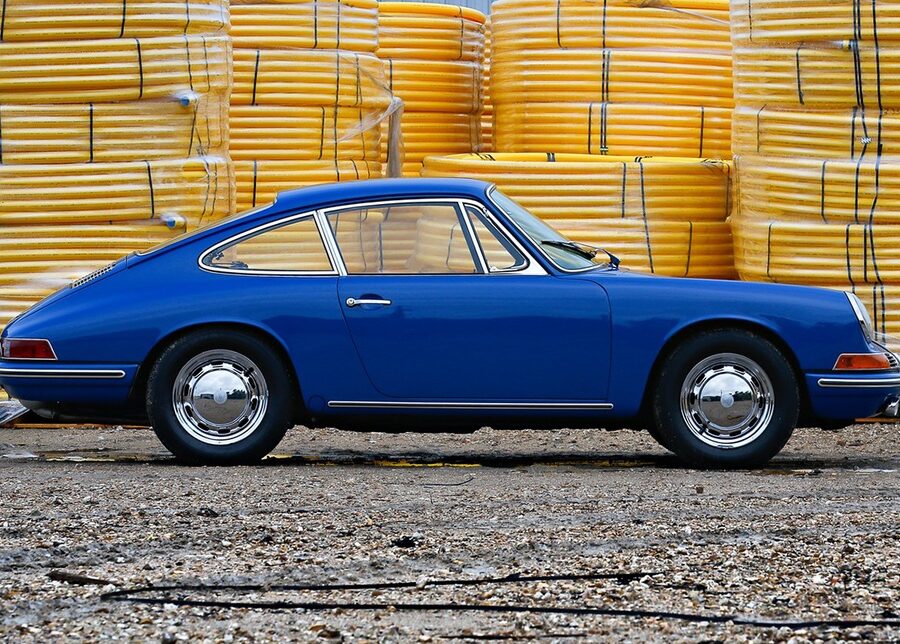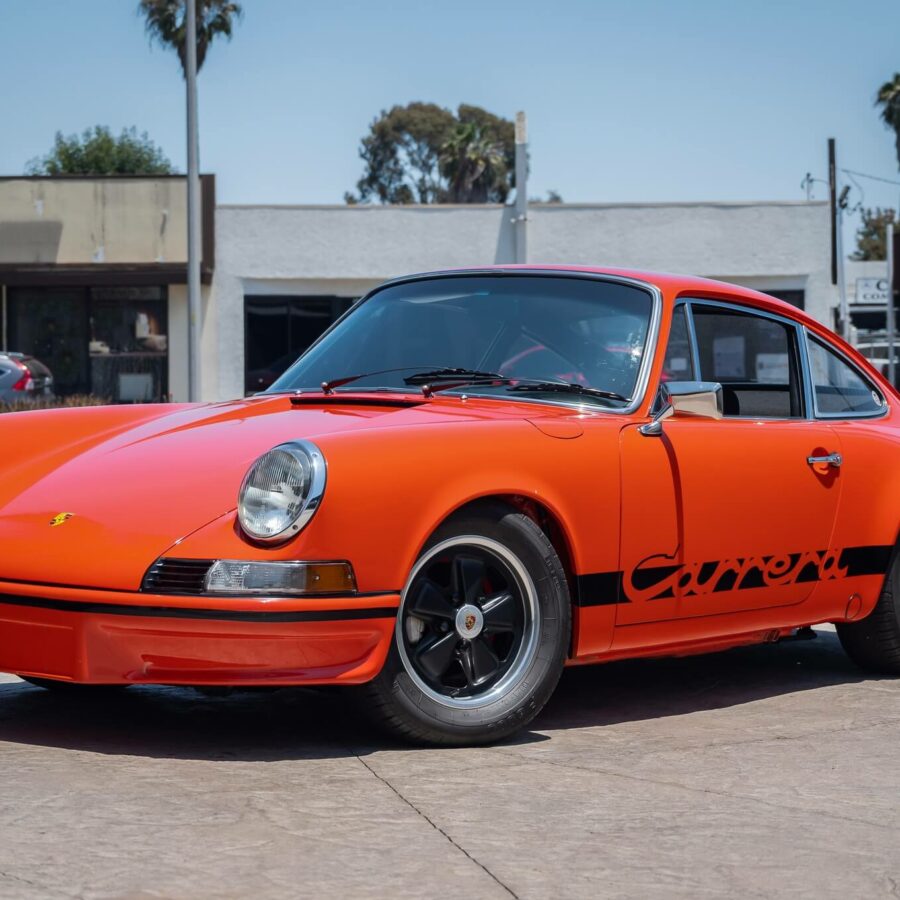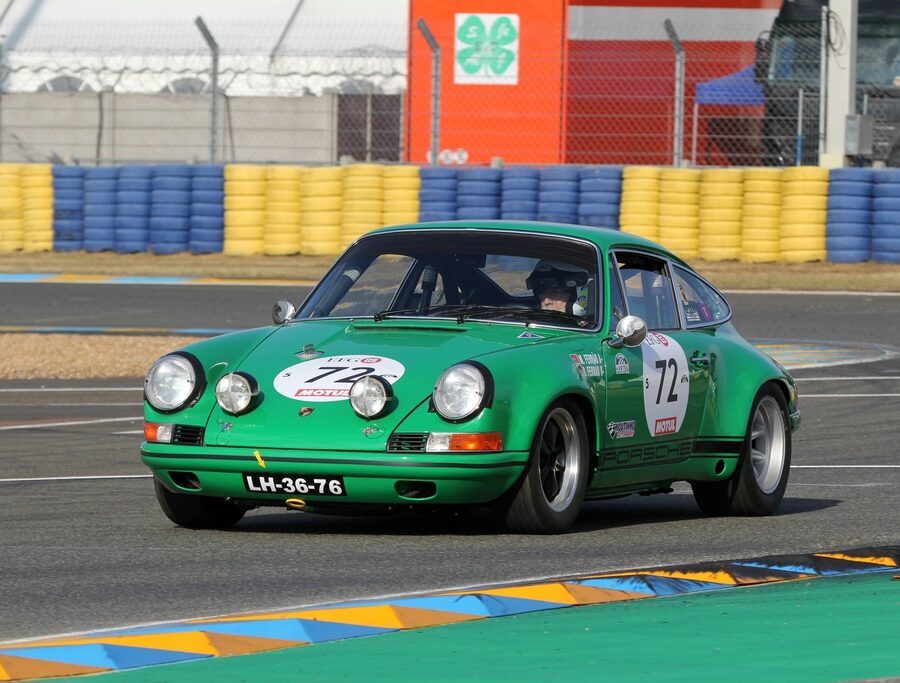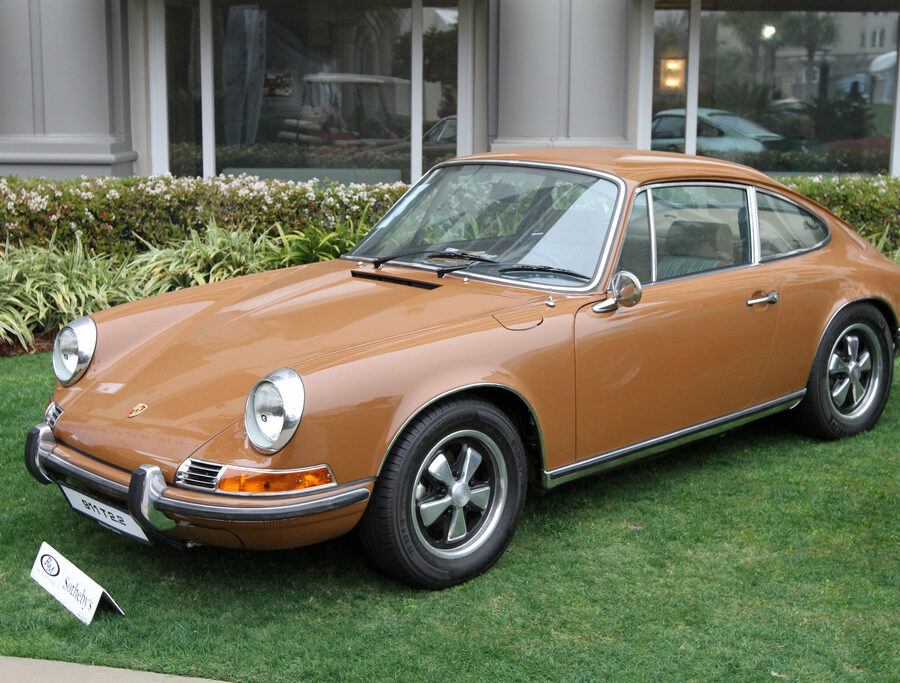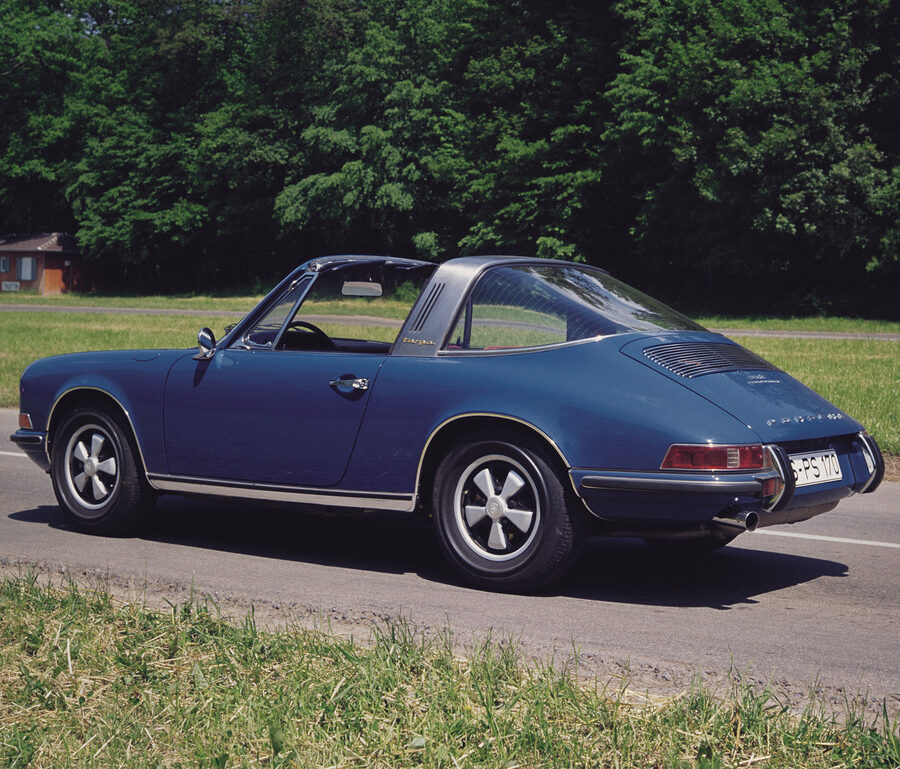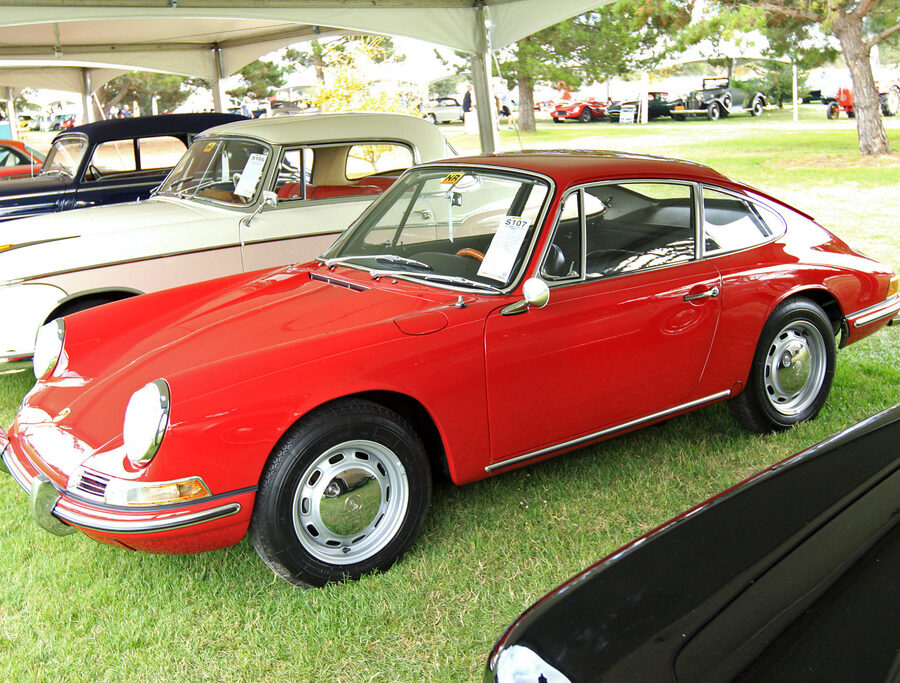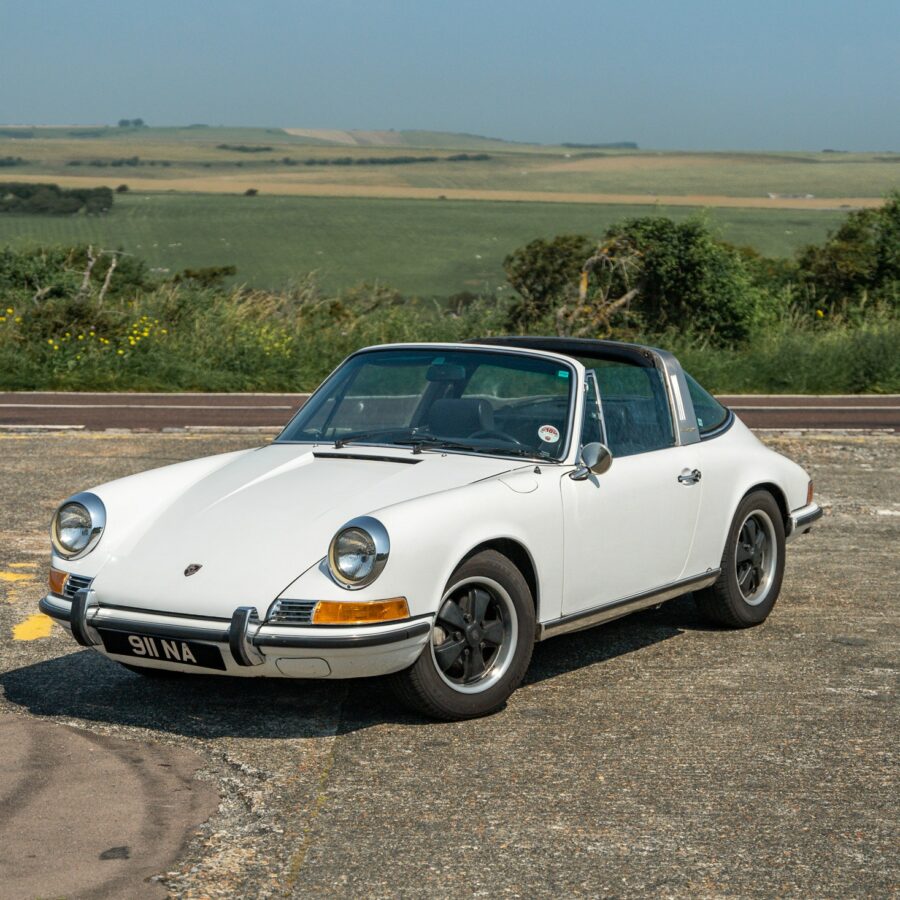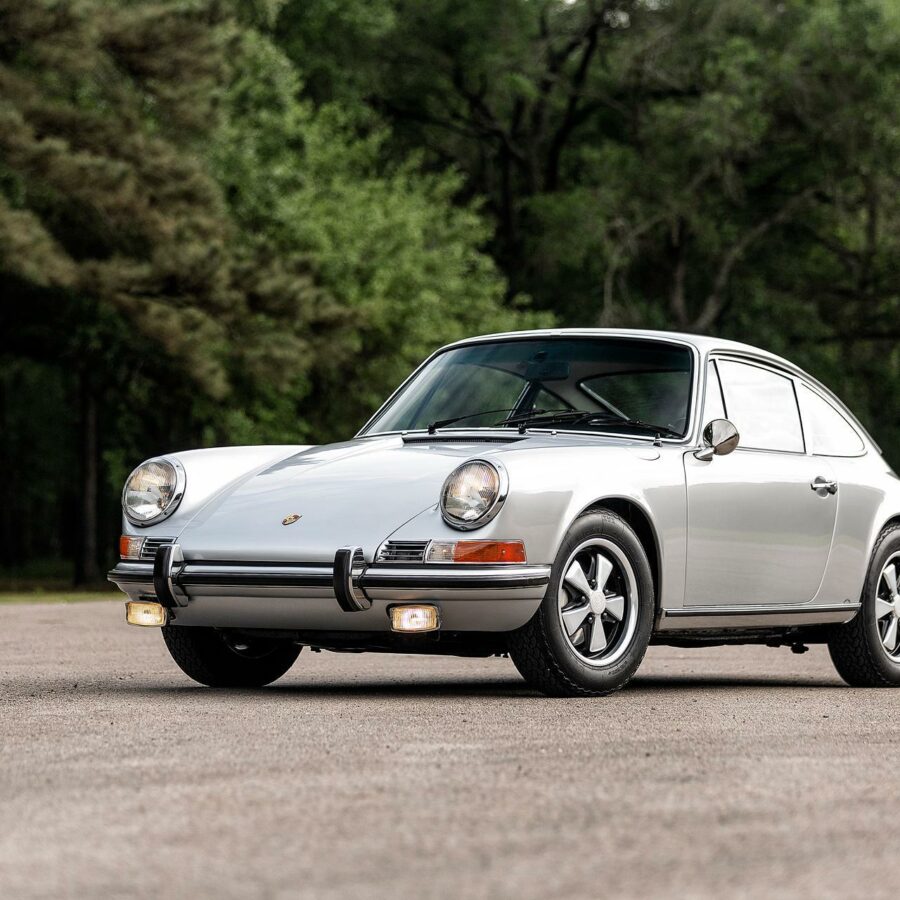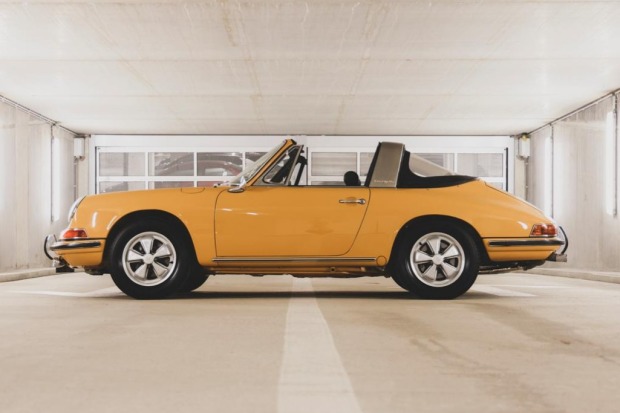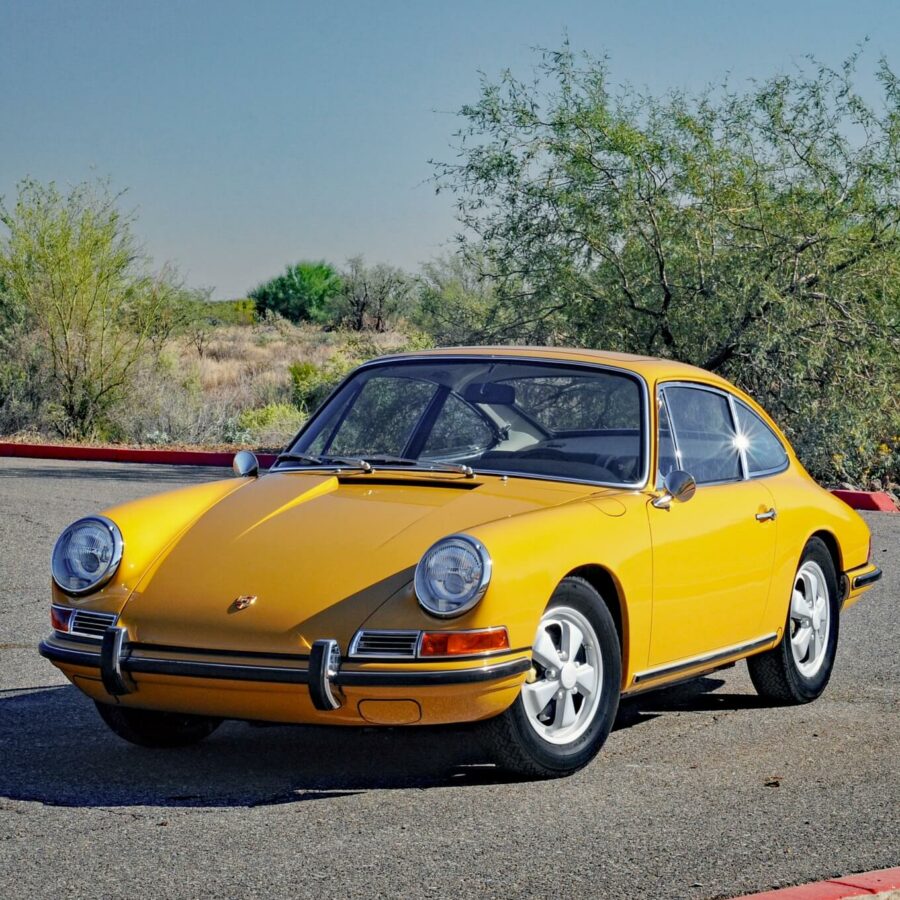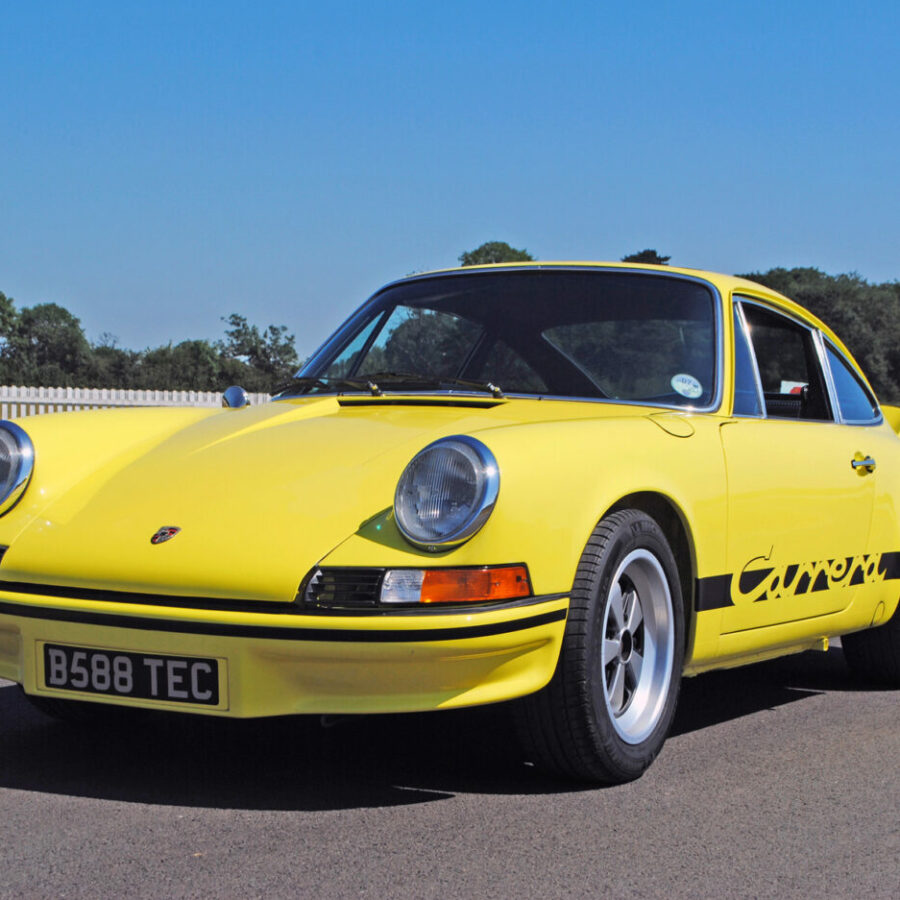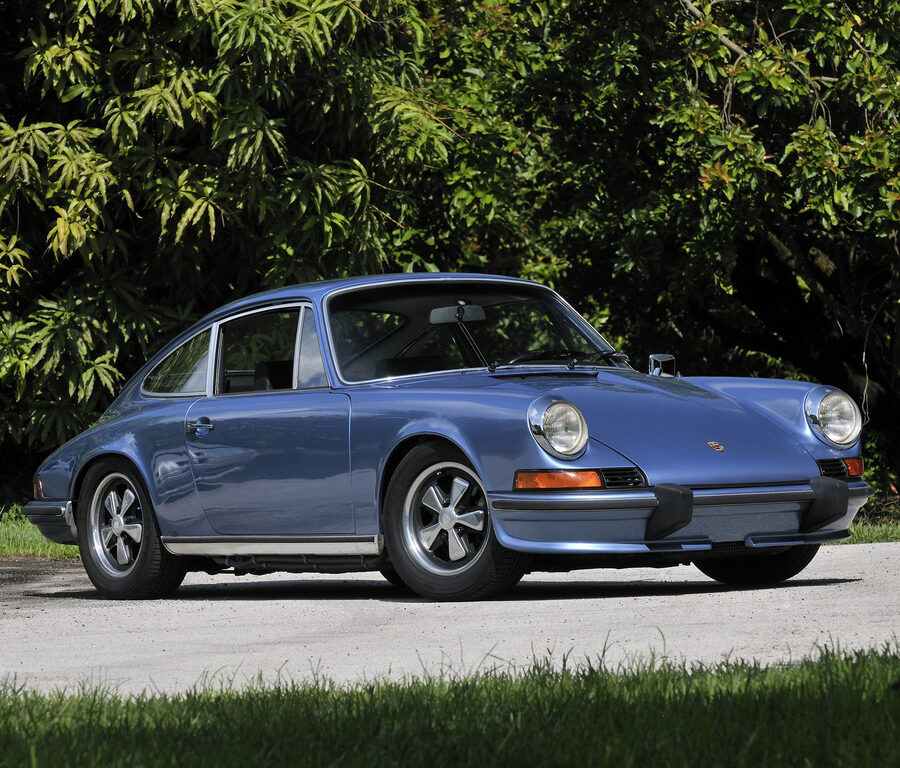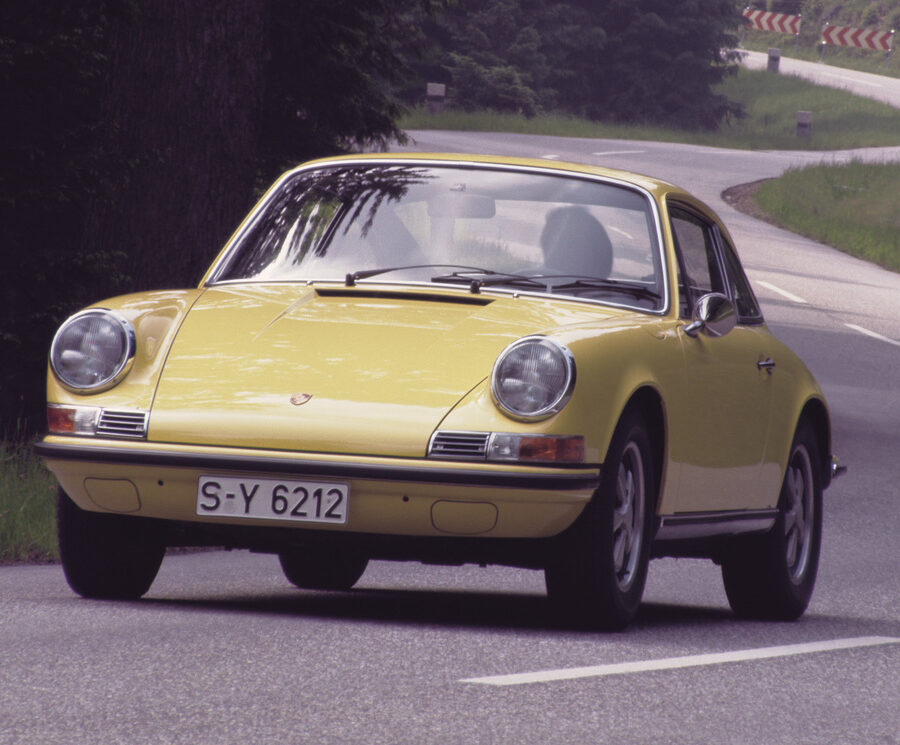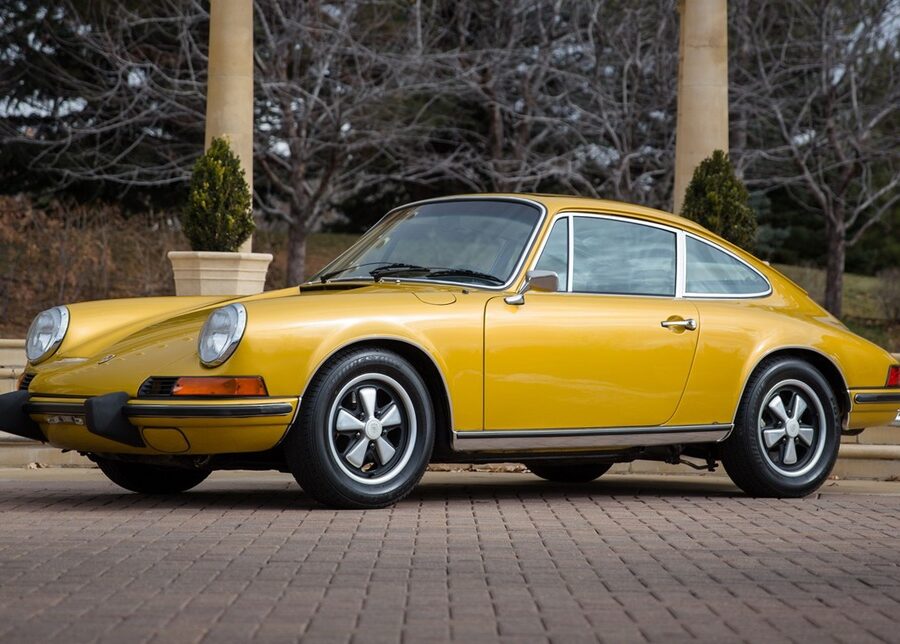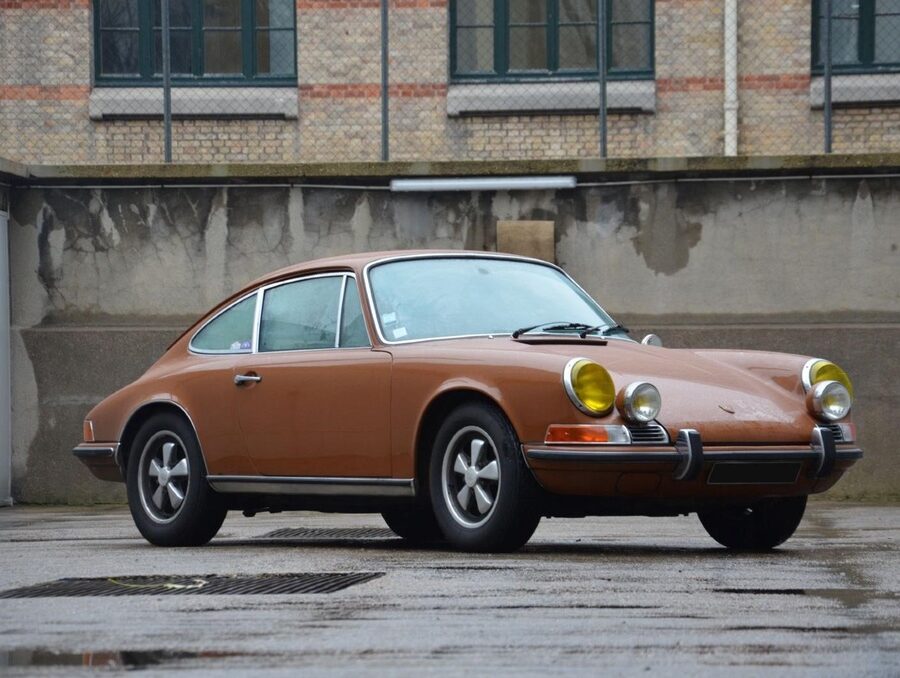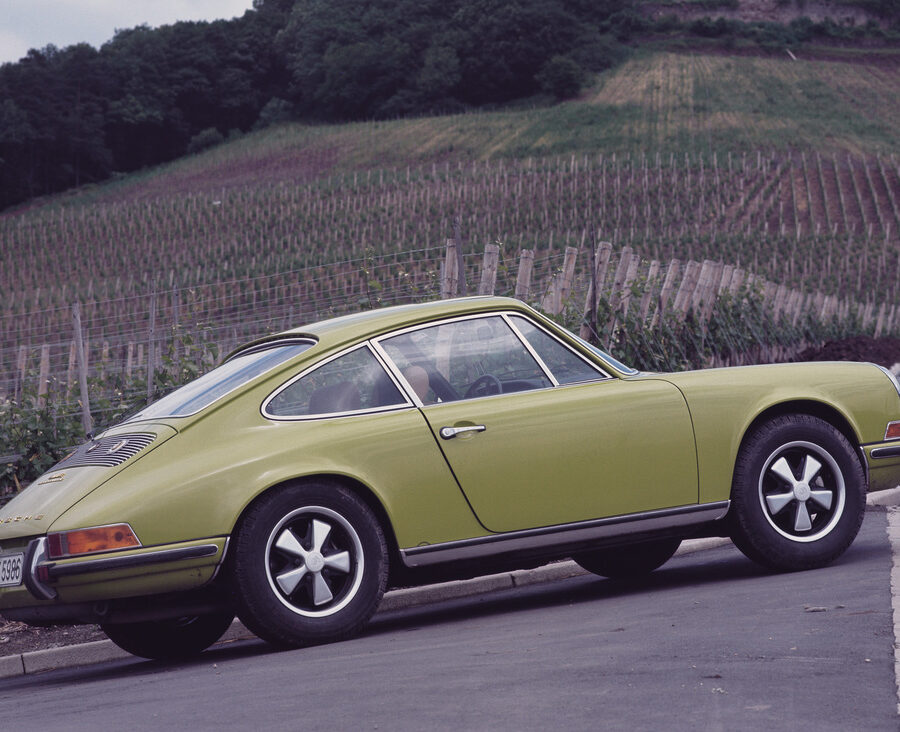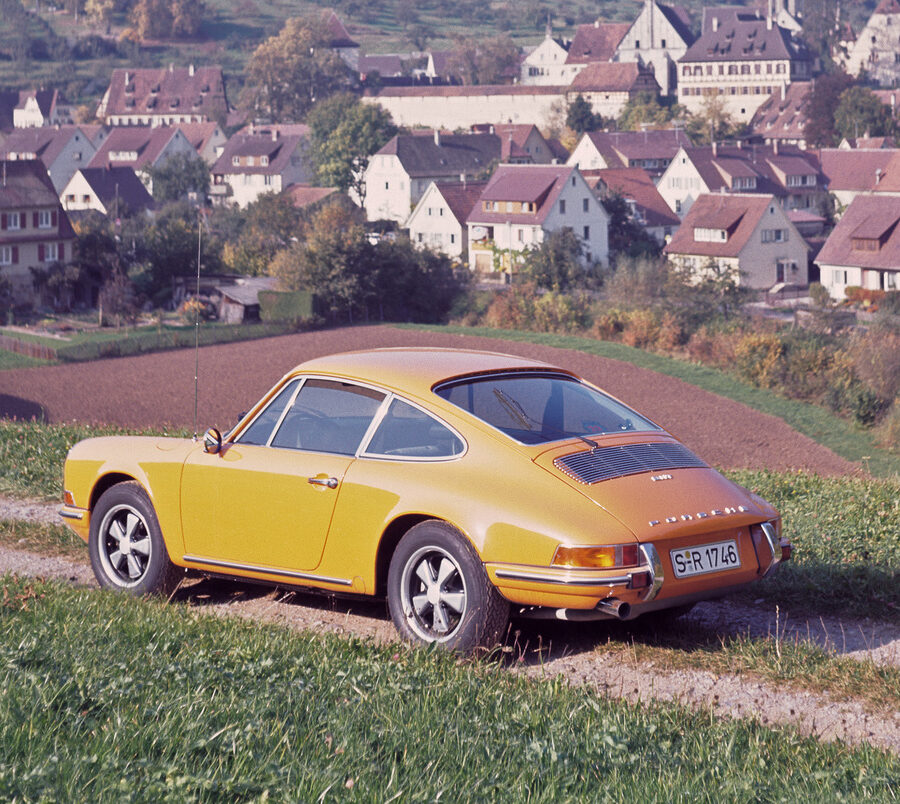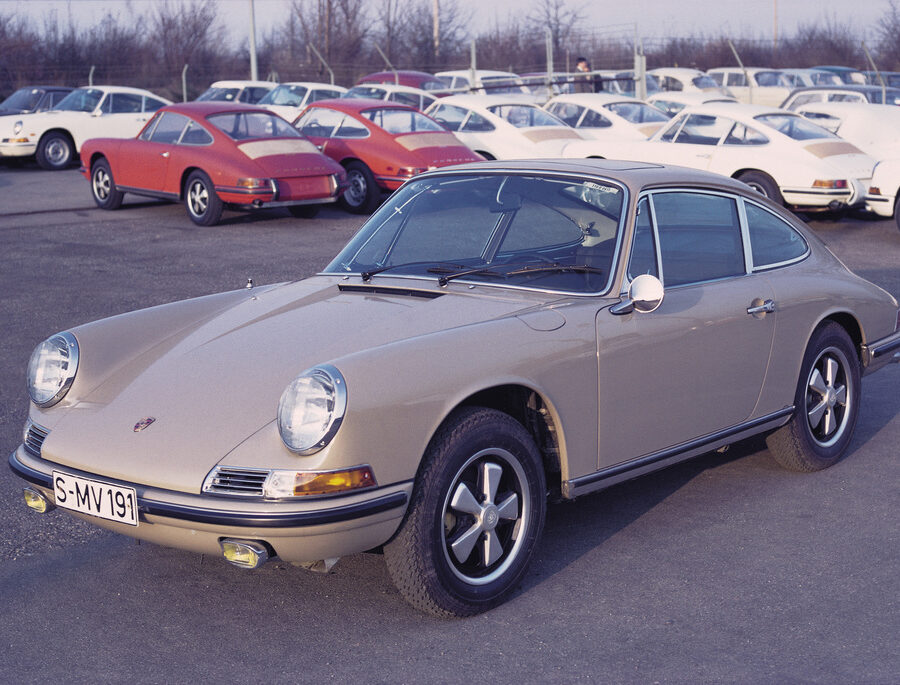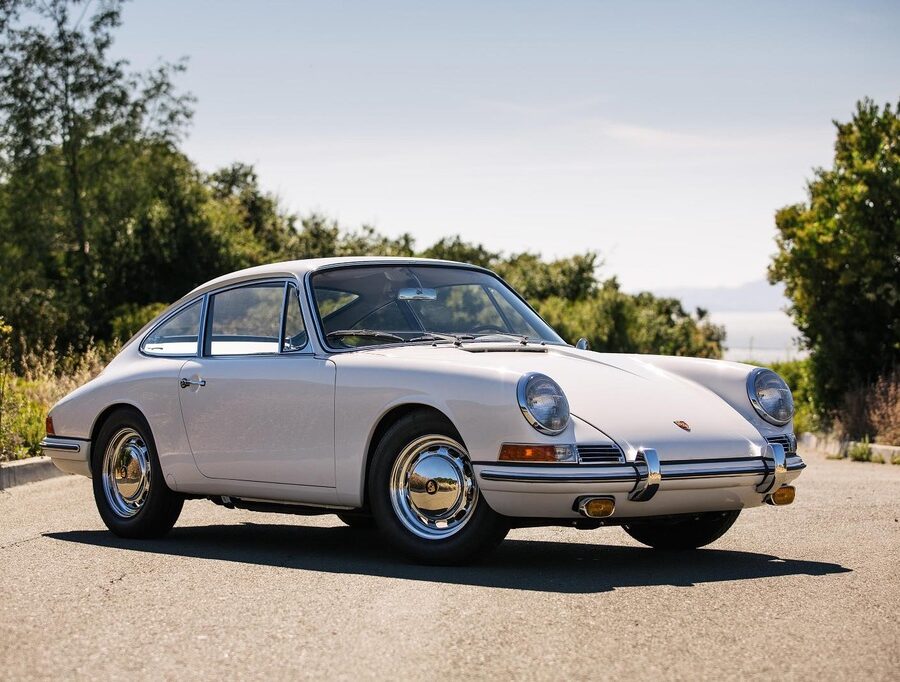Porsche 911 (F-Series)
The Porsche 911 was introduced to the world in the fall of 1963 at the Frankfurt Motor Show. It was developed as a replacement for the highly successful Porsche Model 356. It was larger, more powerful, more comfortable and more competitive on the track than any other comparable car on the market at the time. The original air-cooled, boxer-engined 911 was in production from 1964 through 1989, but on this page, we are focused on the original F-Body cars. For 1969 Porsche made the single biggest change to the 911 thus far by lengthening the wheelbase 2.5 inches to reduce the oversteer characteristics inherent to rear-engined cars. Pre-1969 cars are often referred to as the short-wheel base cars (SWB) and 1969 onwards called the long-wheelbase cars (LWB). 1972 and 1973 can also be taken as one group because there were very few changes from year to year. See all of our F-Body Classic 911 Research.
Porsche 911 (F-Series) – The Story
The Original. The Porsche 911.
Porsche 911 (MY 1964-1973) – Sales Brochures
Sales Catalogs for the first generation Porsche 911
Porsche 911 & 912 (MY 1965-1973) – Part Catalog
Spare Parts Catalog (Porsche PET) for the 1st Gen Porsche 911
Porsche 911 (MY 1973) – Equipment & Options Codes
Full list of Equipment & Option Codes Decoder for the 1973 Porsche 911
Porsche 911 (MY 1972) – Equipment & Options Codes
Full list of Equipment & Option Codes Decoder for the 1972 Porsche 911
Porsche 911 (MY 1971) – Equipment & Options Codes
Full list of Equipment & Option Codes Decoder for the 1971 Porsche 911
Porsche 911 (MY 1970) – Equipment & Options Codes
Full list of Equipment & Option Codes Decoder for the 1970 Porsche 911
Porsche (All Models) (Pre-1970) – Equipment & Options Codes
Equipment Codes & Option Decoder
Porsche 911 Carrera RS 2.7 (1973 ) – The Deep Dive
The Story & Details Behind The Legend
Porsche 911 S 2.4 (1972 – 1973)
The final early 911S benefitted from Porsche's 2.4-liter engine the the long-wheel-base body
Porsche 911 E 2.4 (1972 – 1973)
911E was the mid-range option in the E-series and F-series 911s. It benefited from the larger 2.4 engine
Porsche 911 T 2.4 (1972 – 1973)
911 T was the entry level option in the 911 lineup that featured a 130 bhp engine and steel disc wheels.
Porsche 911 S 2.2 (1970 – 1971)
Along with all the C-series improvements, the 1970 911 S got an upgraded 180 bhp version flat-6
Porsche 911 E 2.2 (1970 – 1971)
The Porsche 911E continued its place as the mid-range option in the 911 lineup for 1970 - 1971
Porsche 911 T 2.2 (1970 – 1971)
The Porsche 911T continued as the entry level 911 for the 1970 and 1971 model years
Porsche 911 E 2.0 (1969)
Introduced in 1969 as the midrange model for the 911, sitting between the 1969 911 T and 1969 911 S
Porsche 911 T 2.0 (1968 – 1969)
Porsche replaced their 912 with the 911 T. Less expensive, less powerful and less stuff than the standard 911 L
Porsche 911 L 2.0 (1968)
Emissions regulations meant no 911S for the U.S market. So Porsche shipped a 911S with a base 911 drivetrain and called it the 911L.
Porsche 911 S 2.0 (1967 – 1969)
Introduced as a more powerful variant of the Base 911. The top of the range 911.
Porsche 911 2.0 (1965 – 1968)
The original Porsche 911. Developed as a replacement for the highly successful Porsche Model 356.


